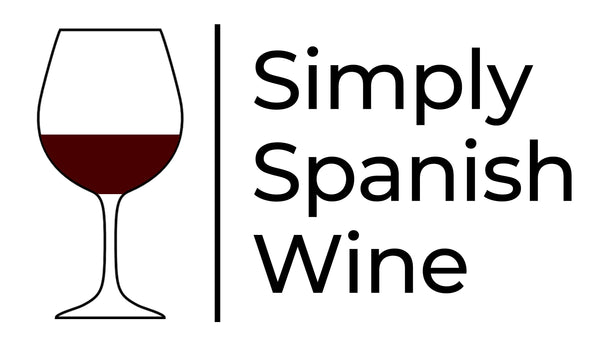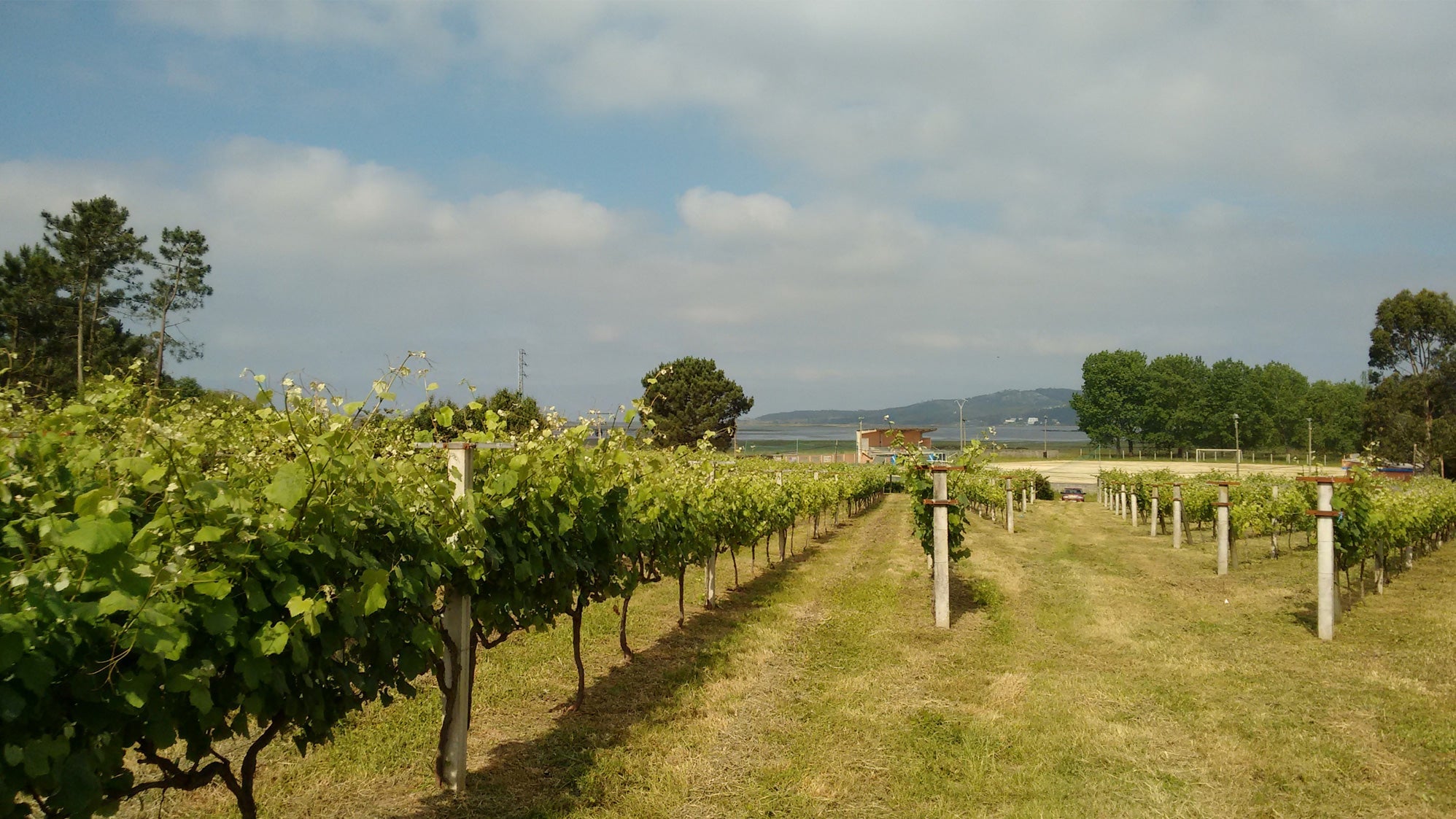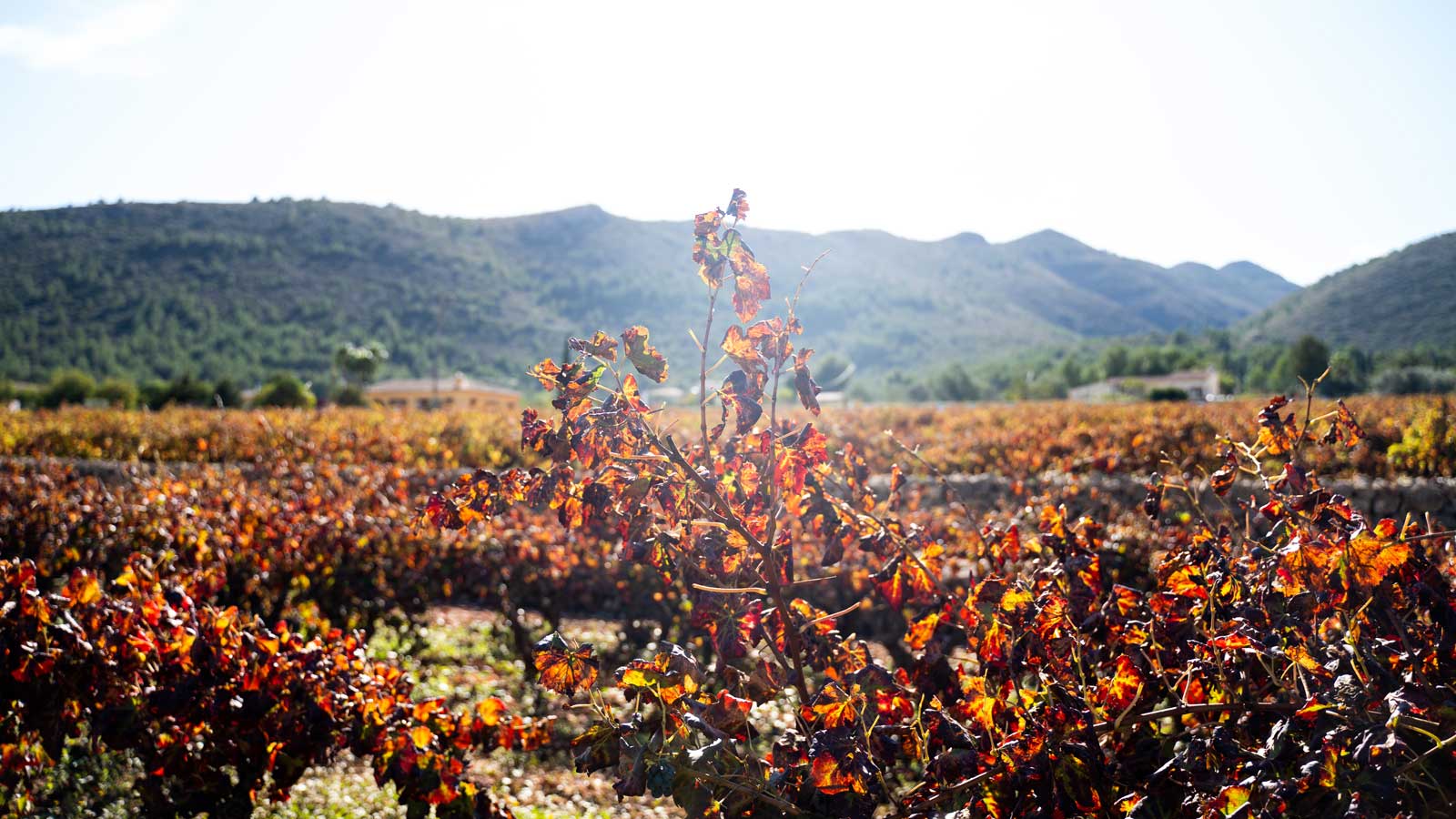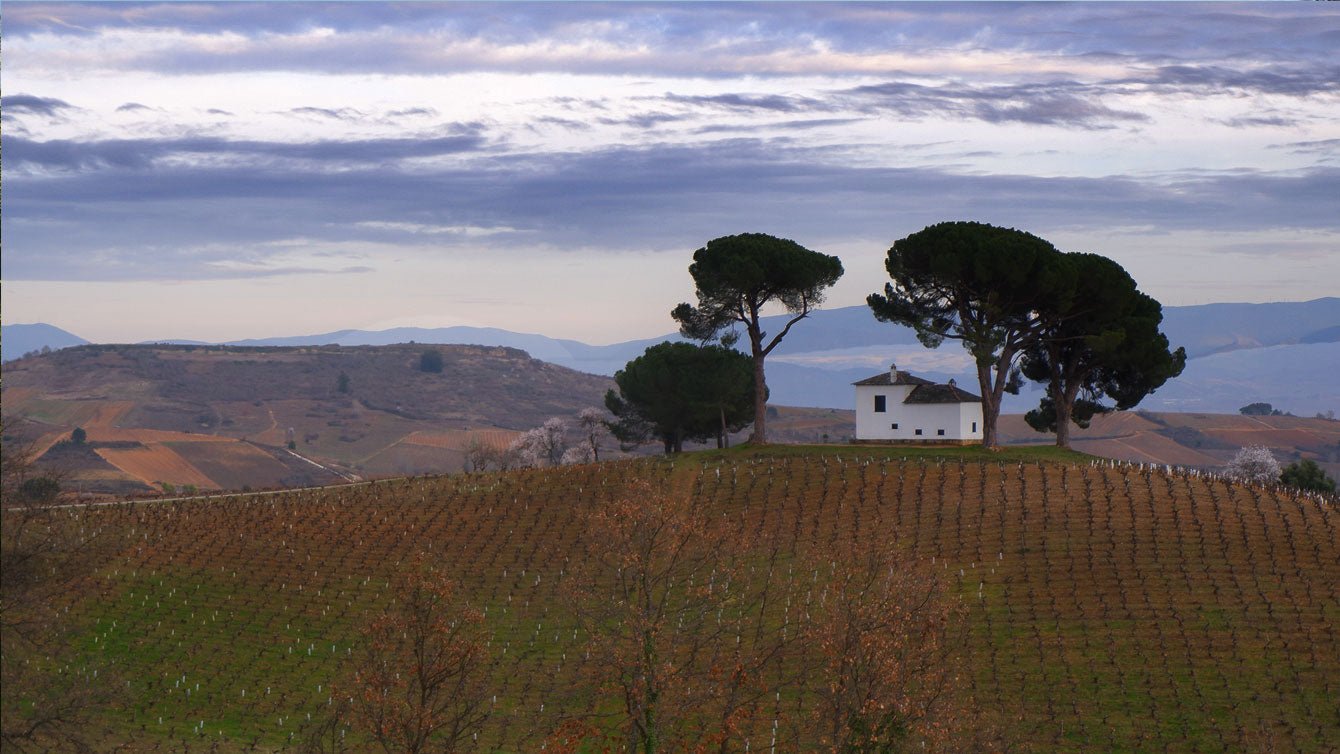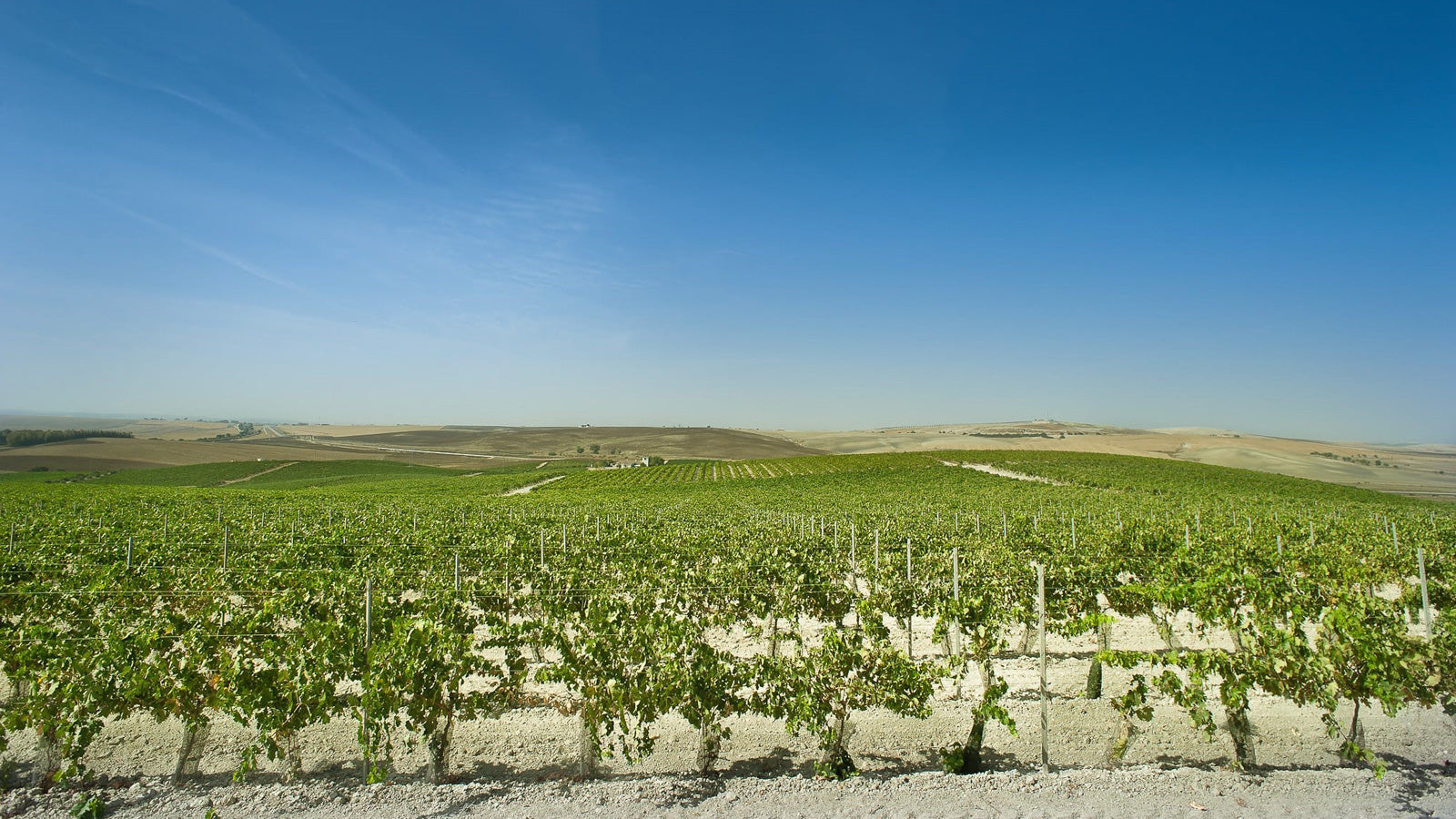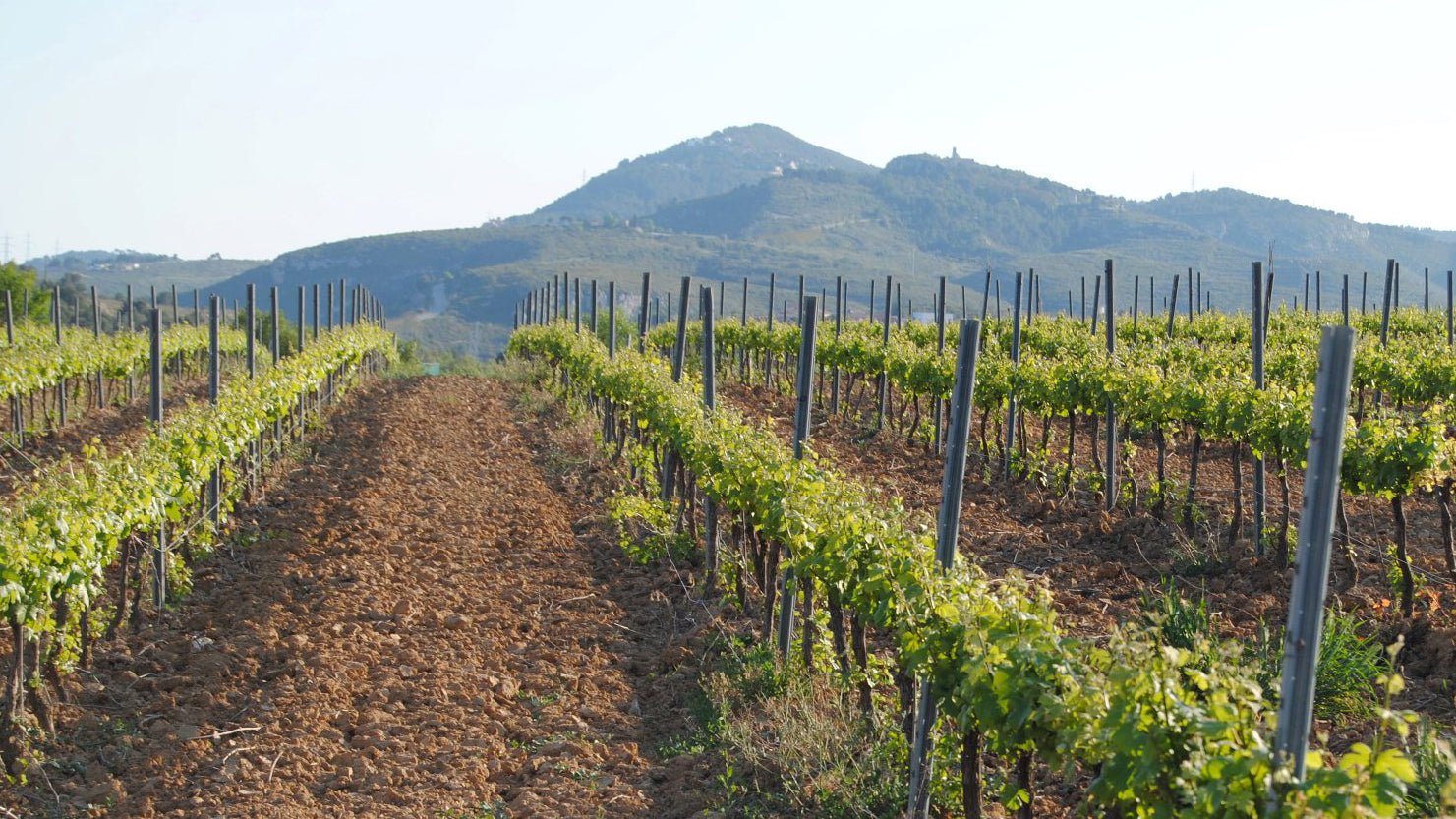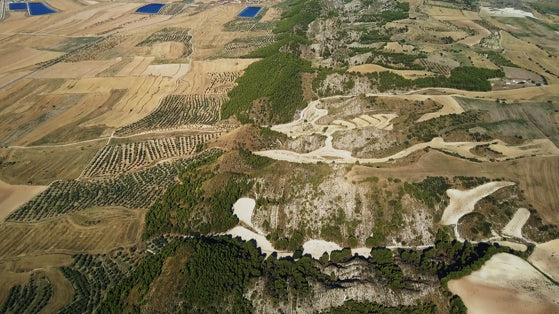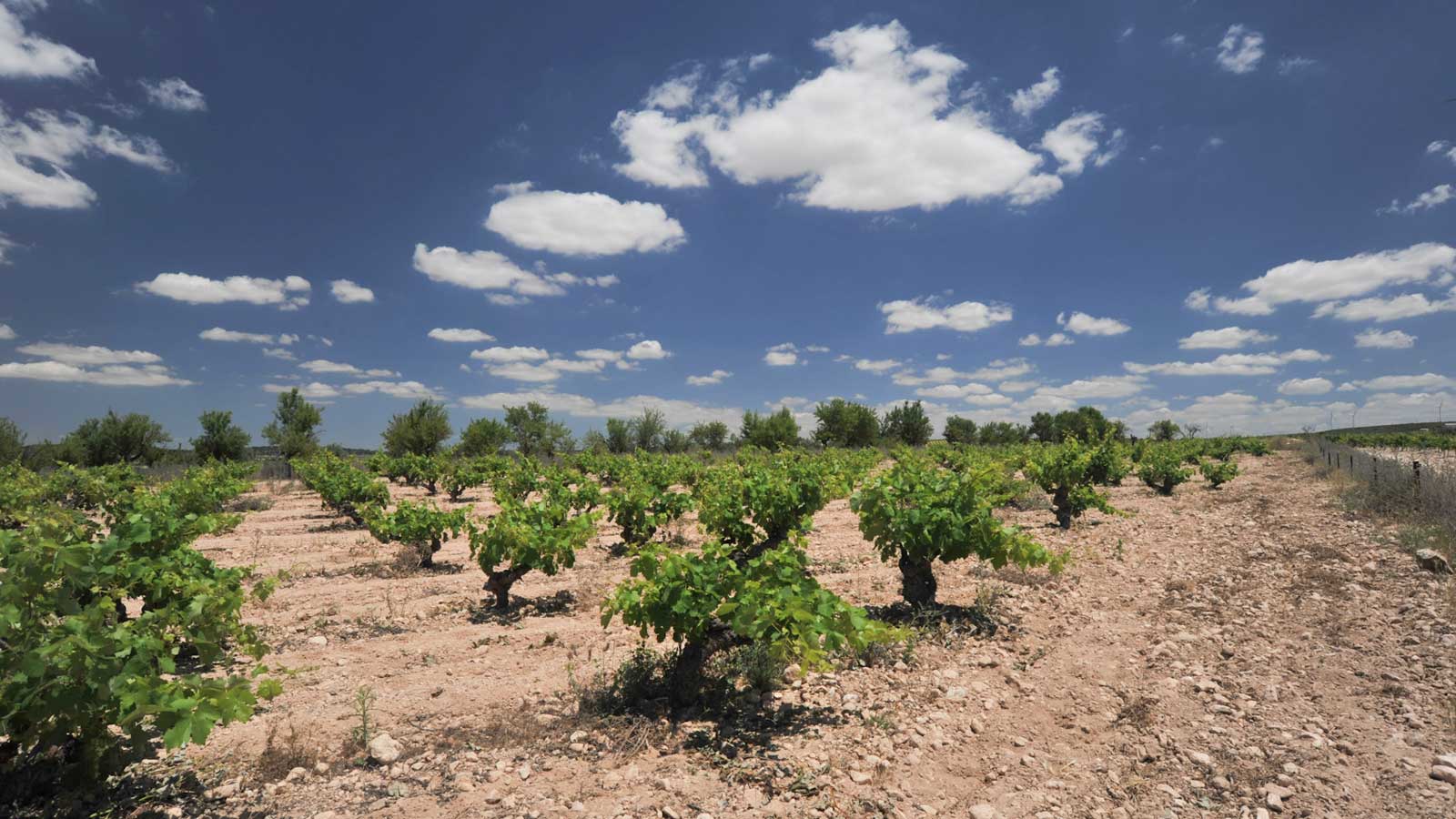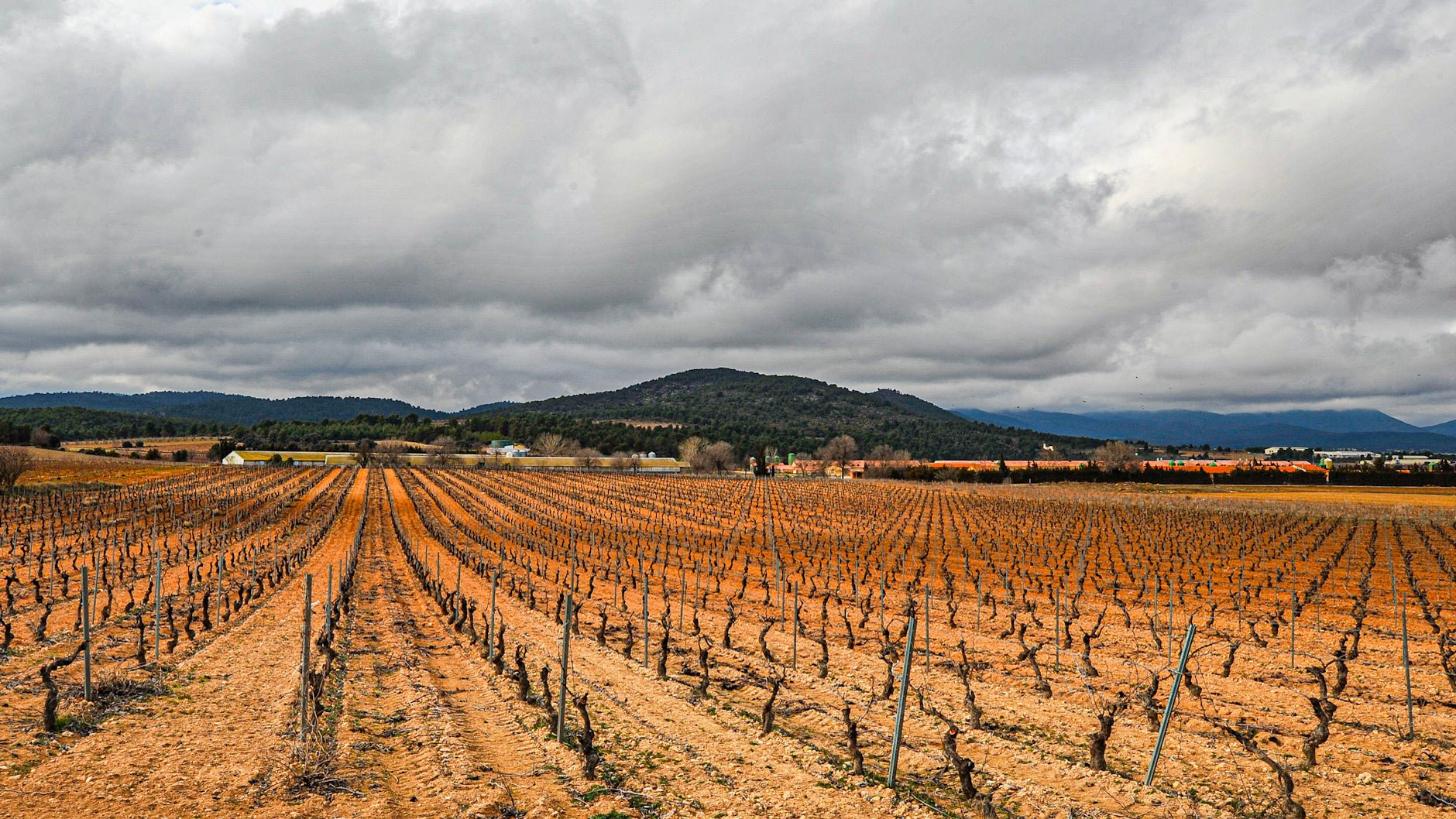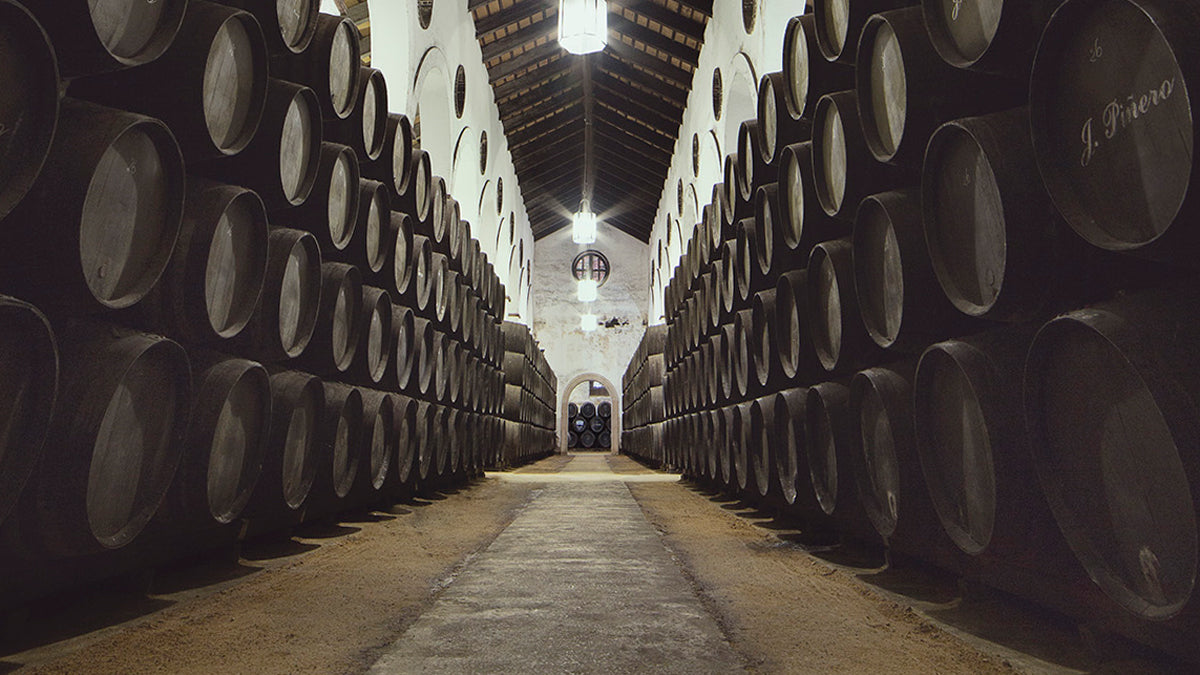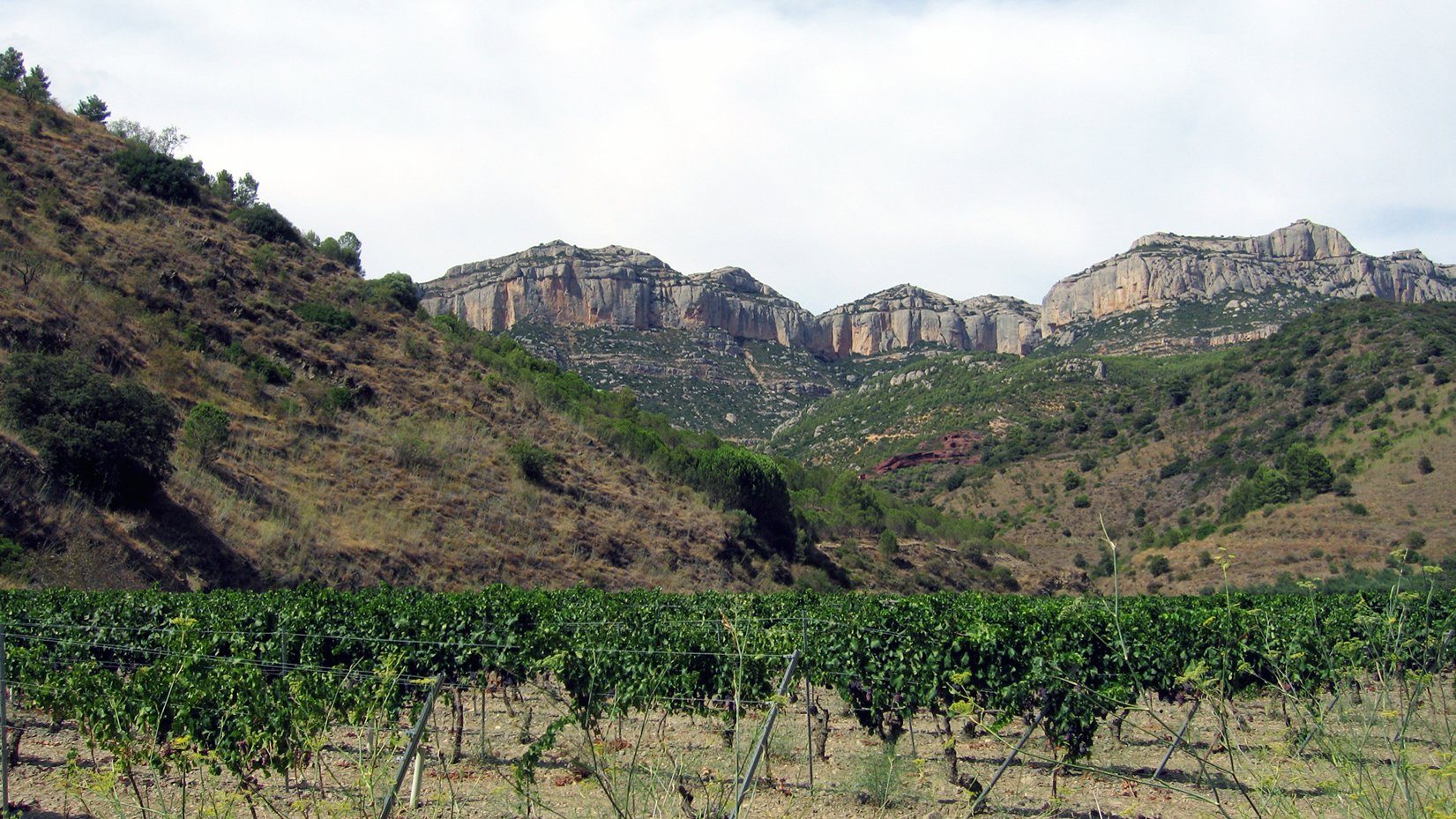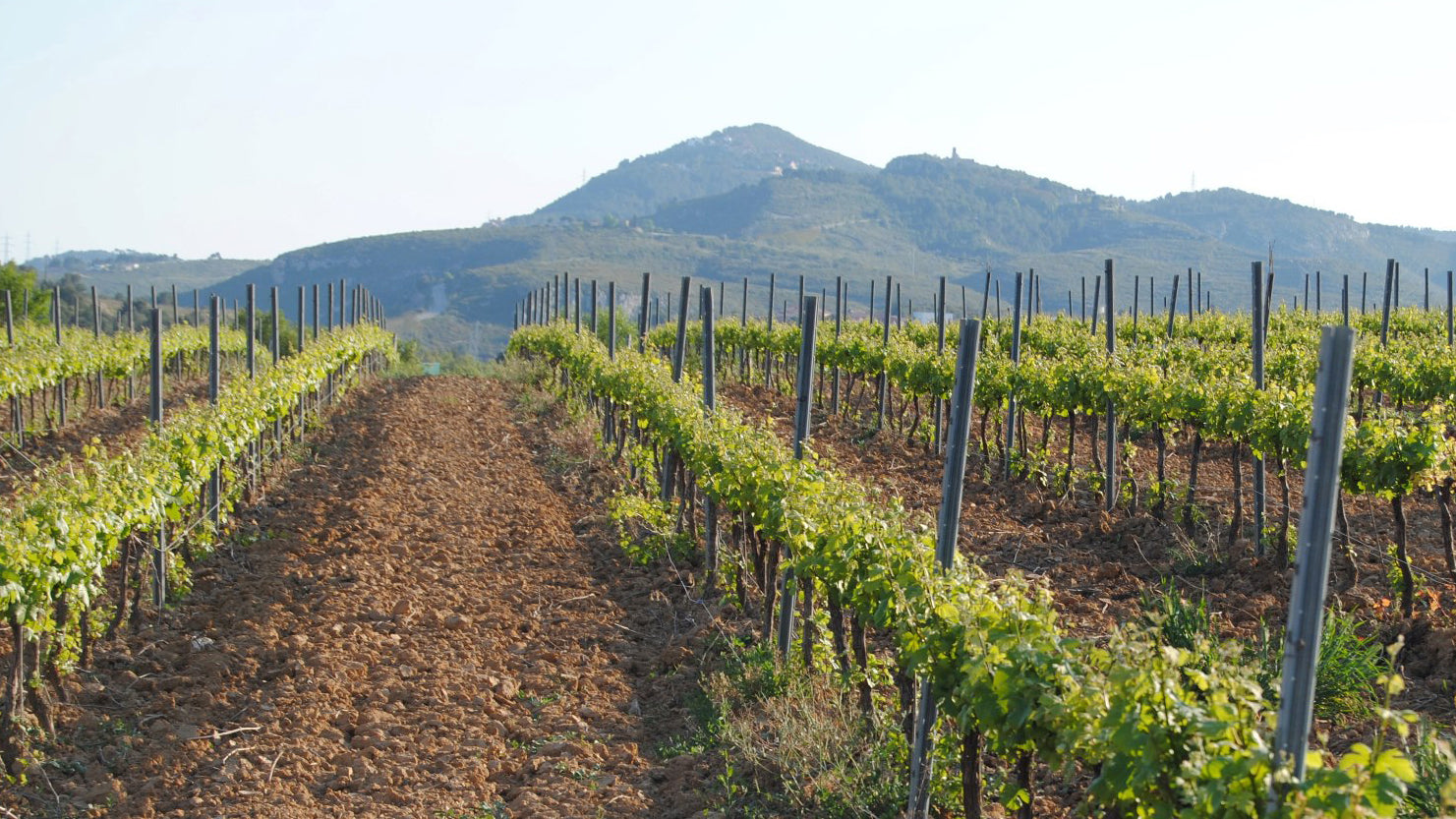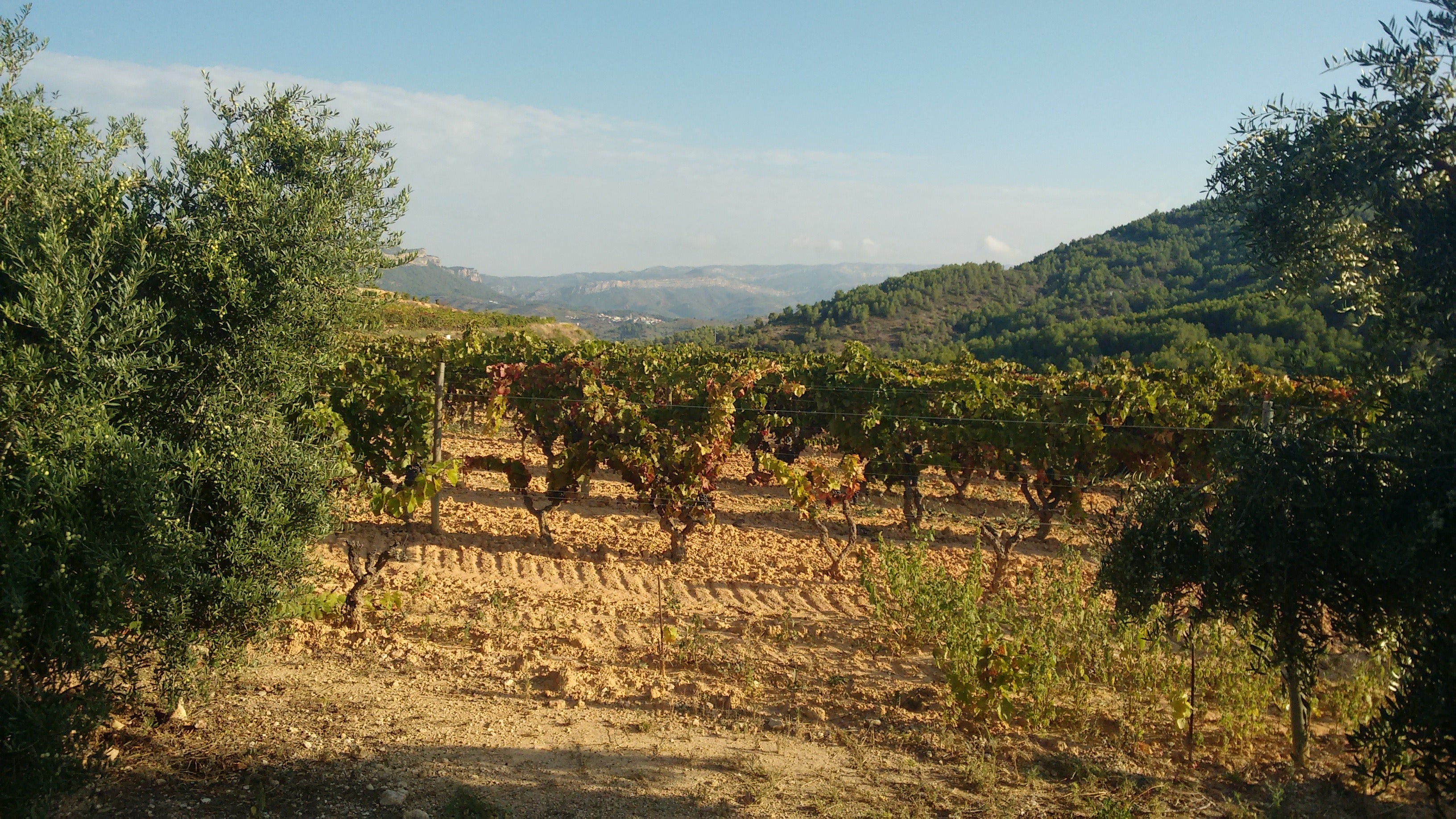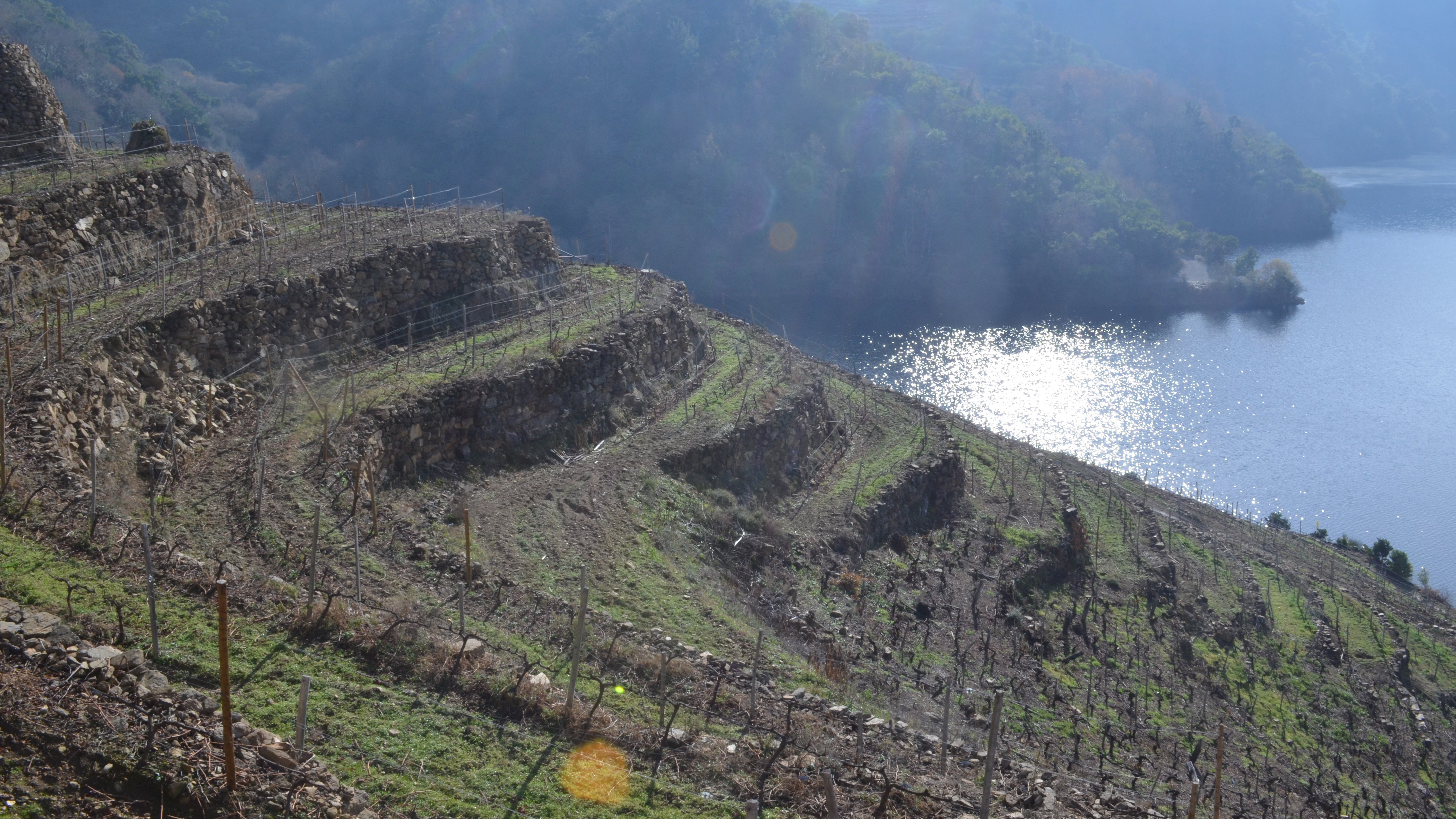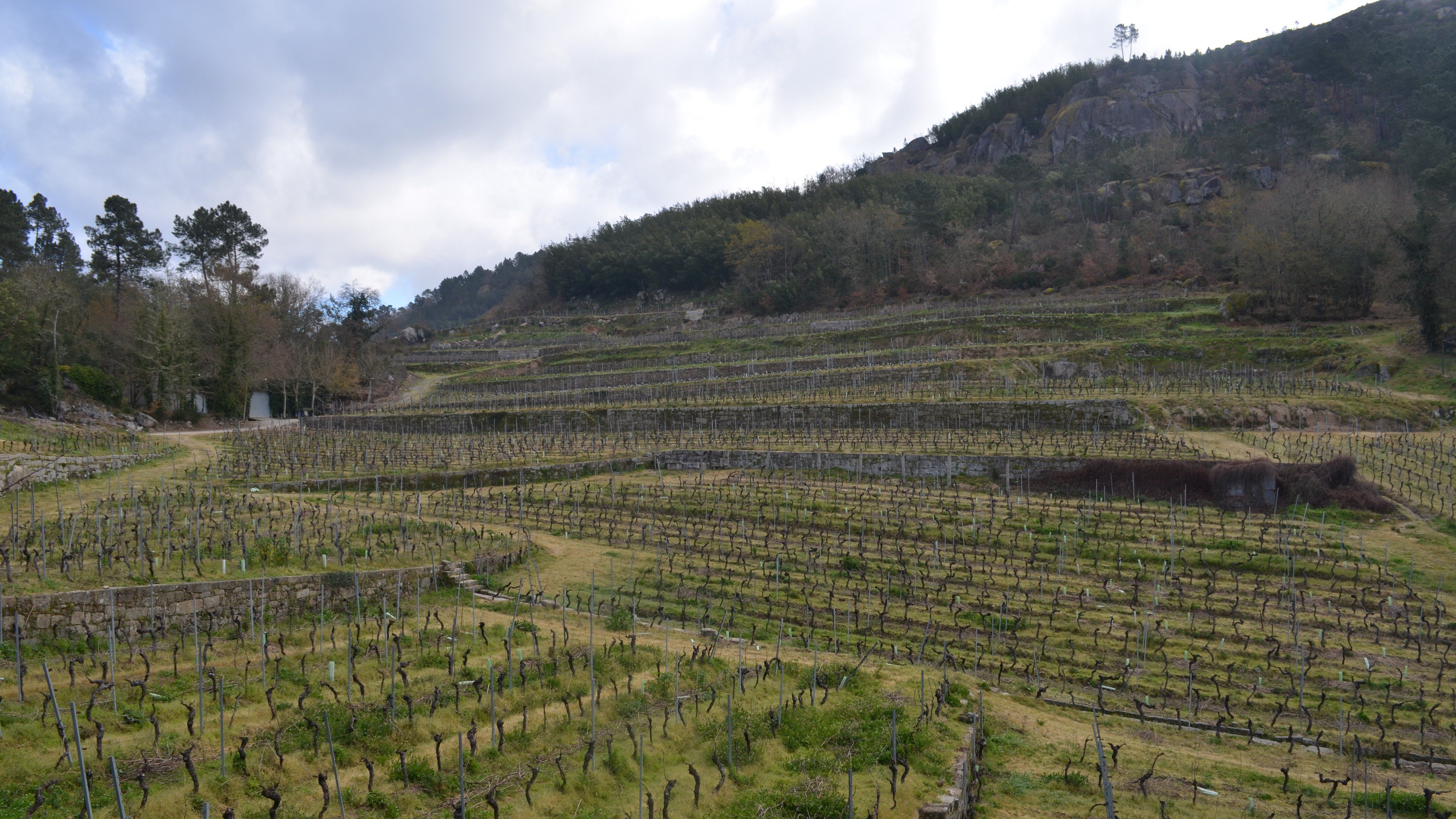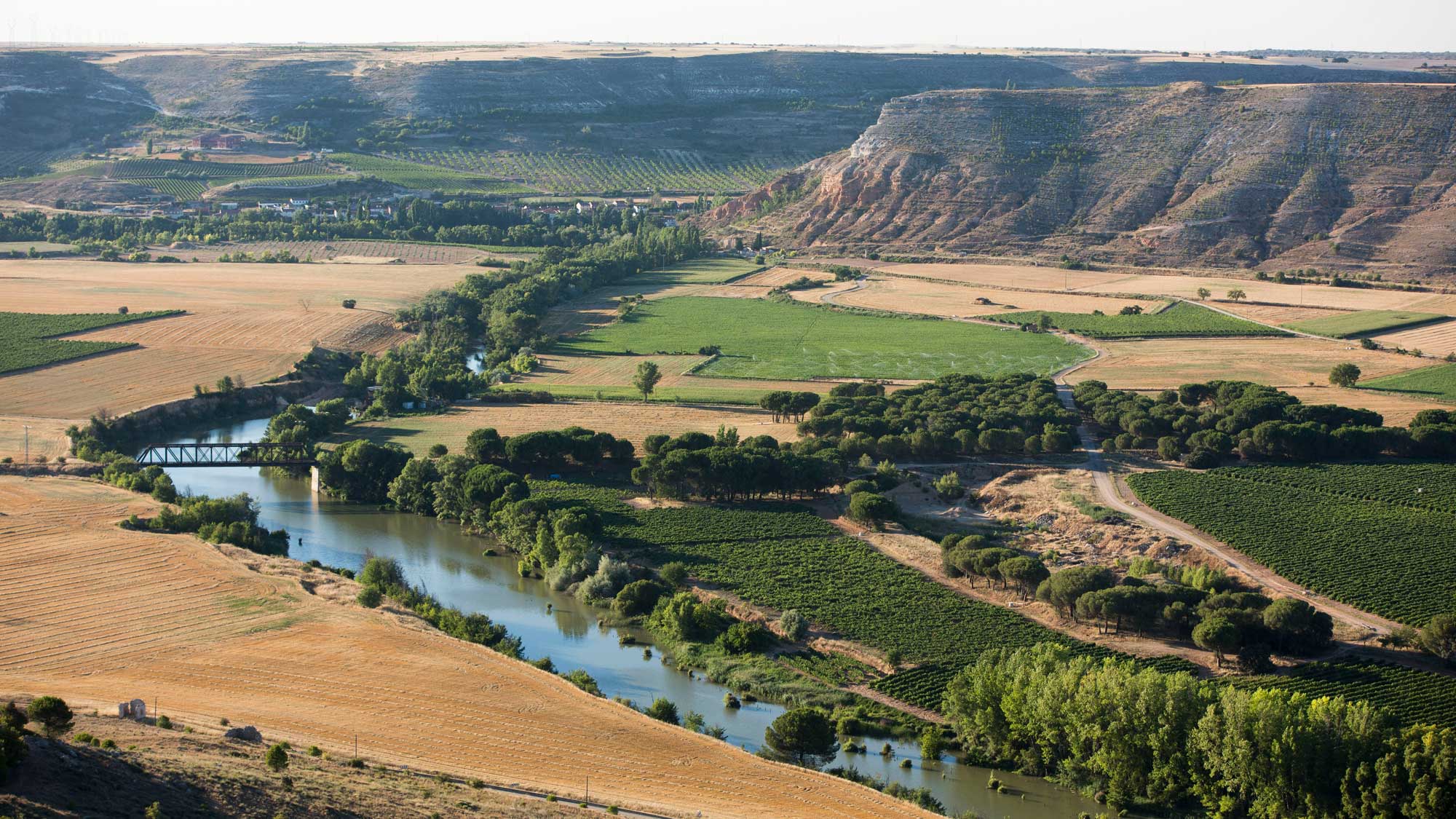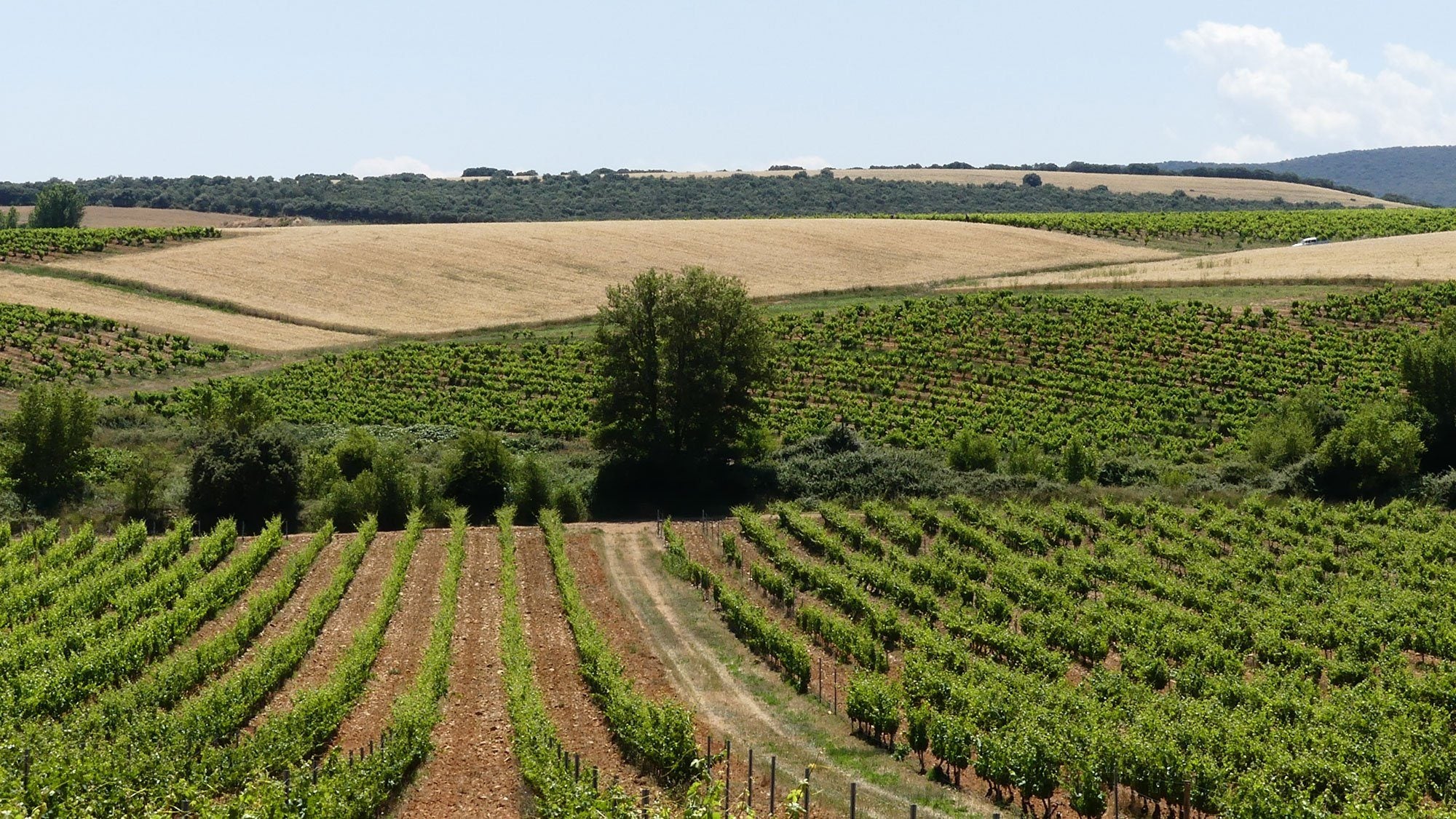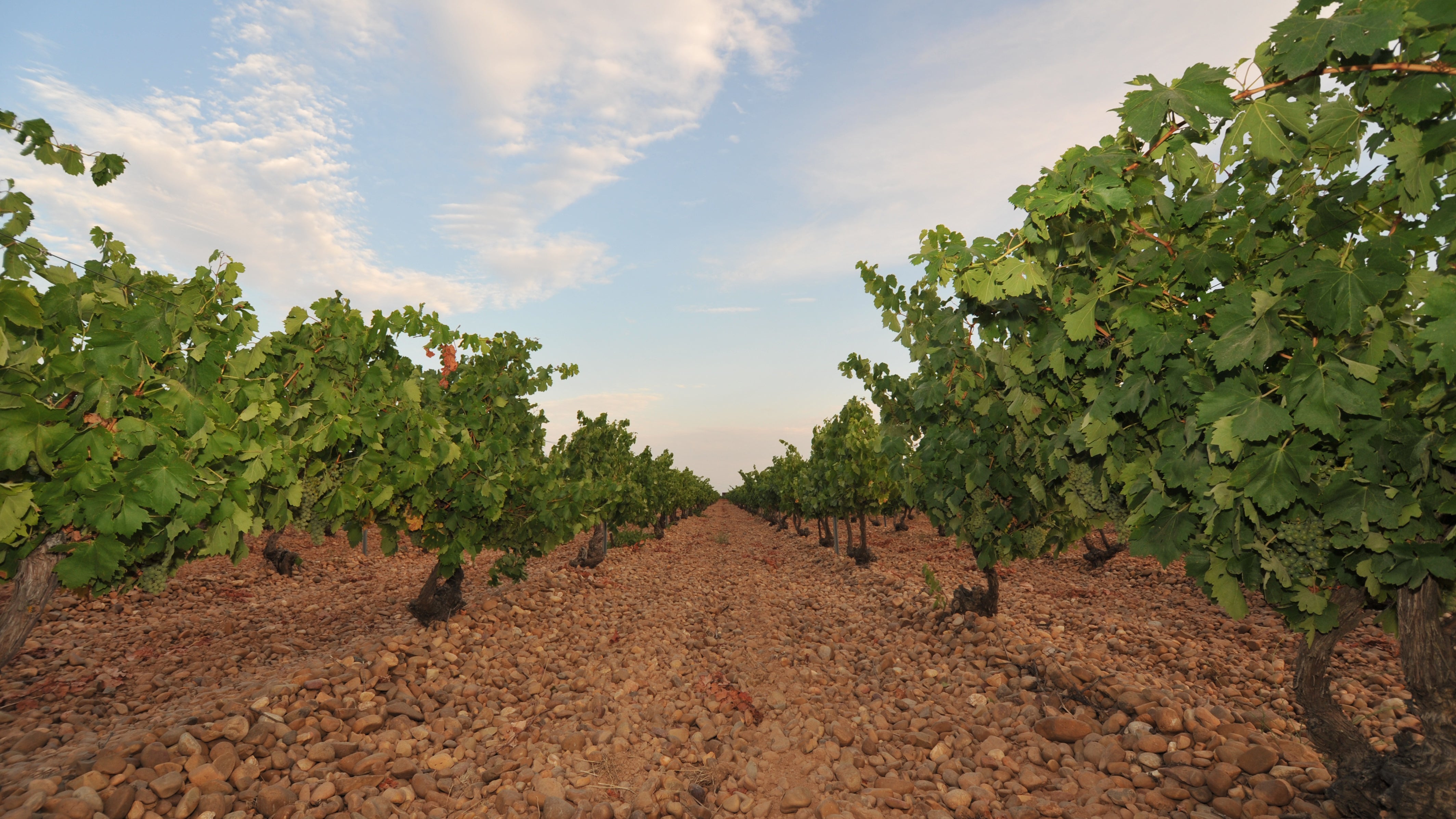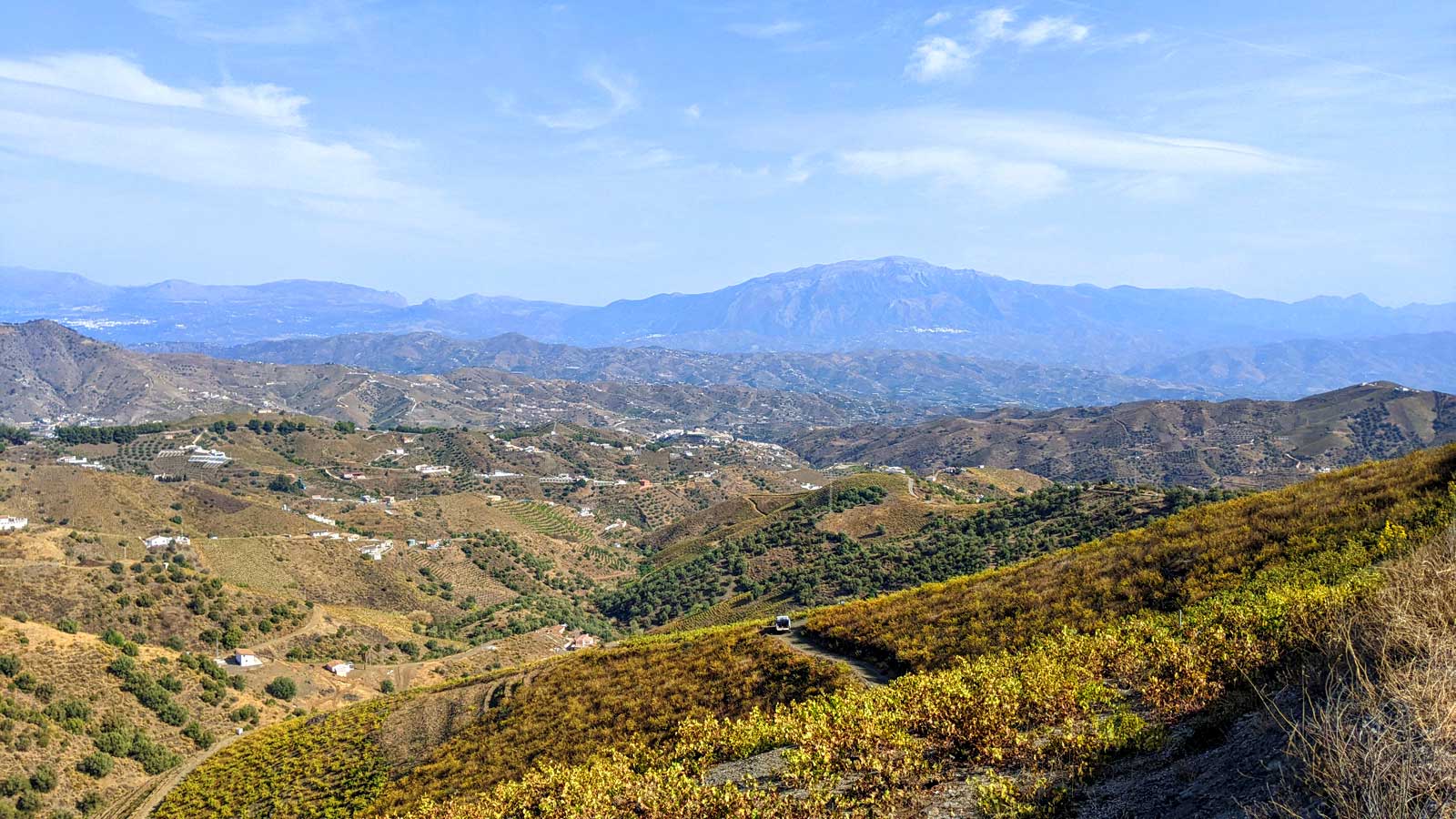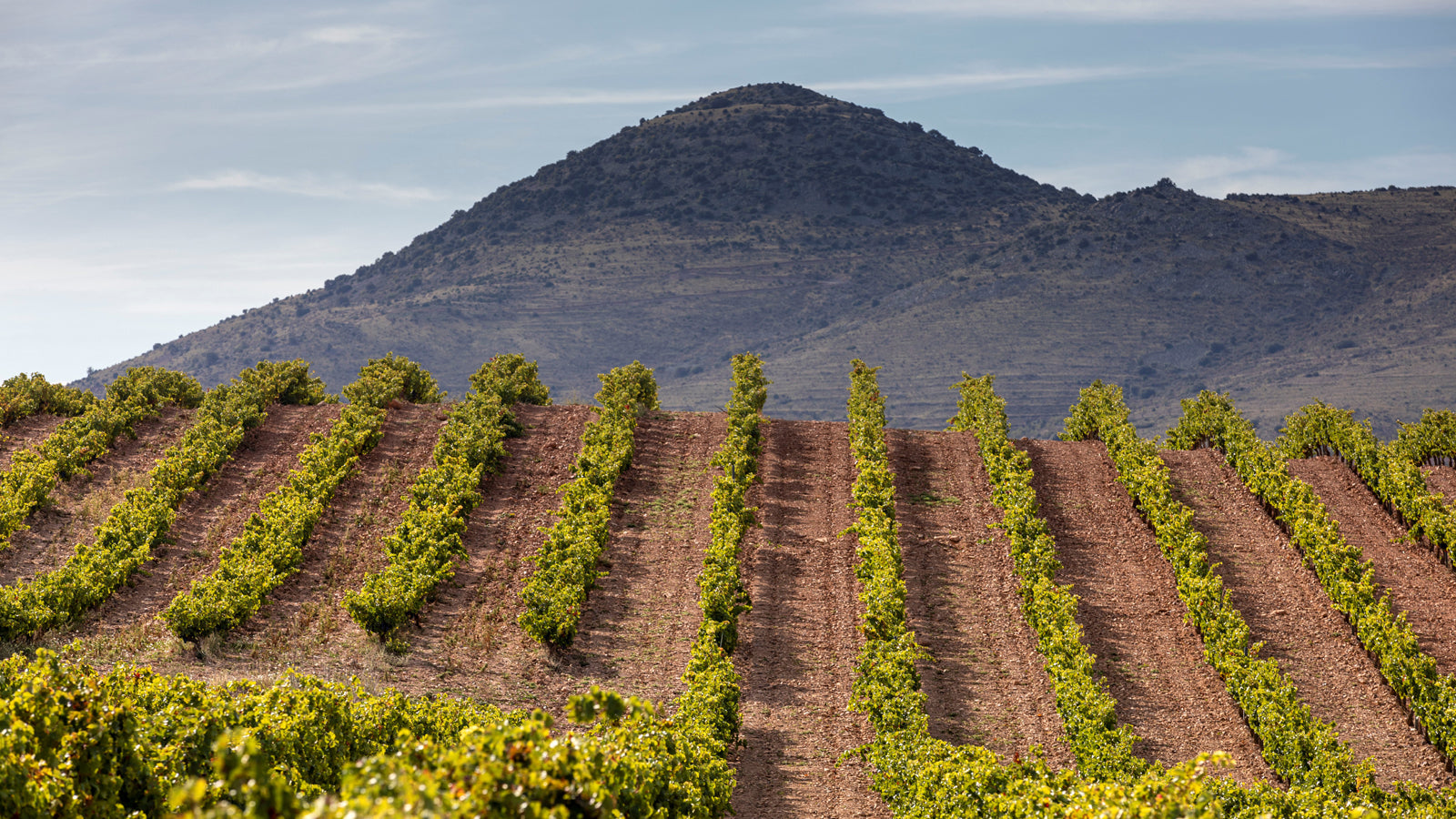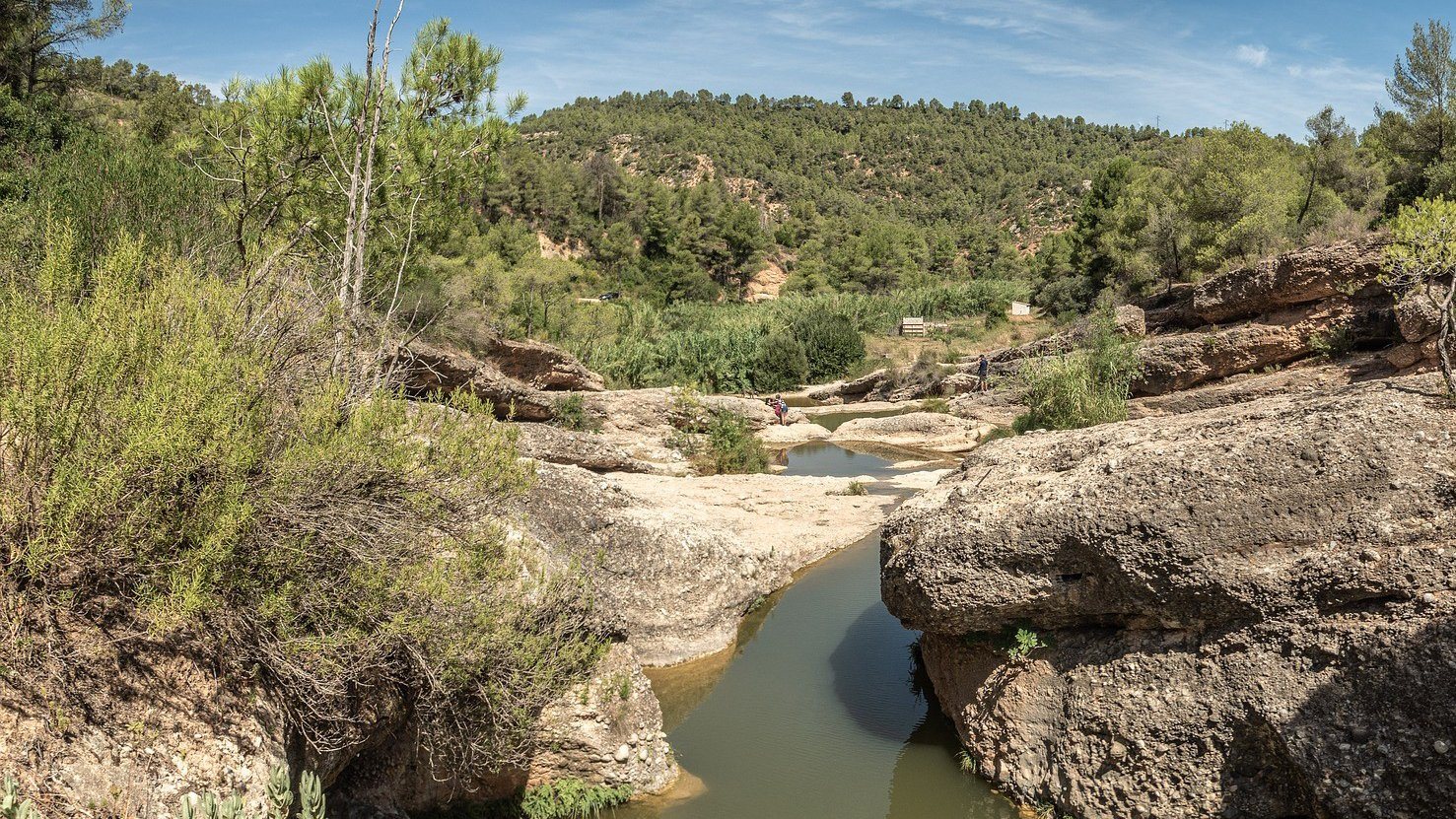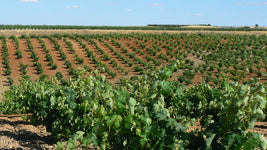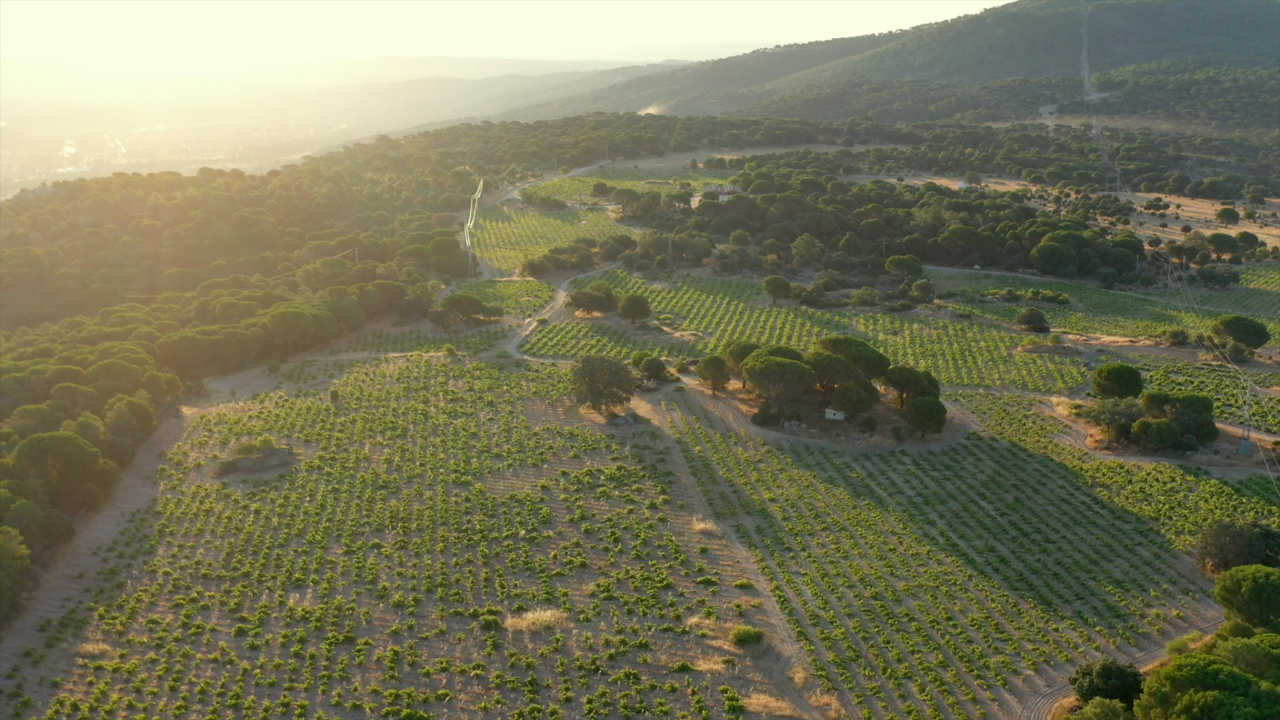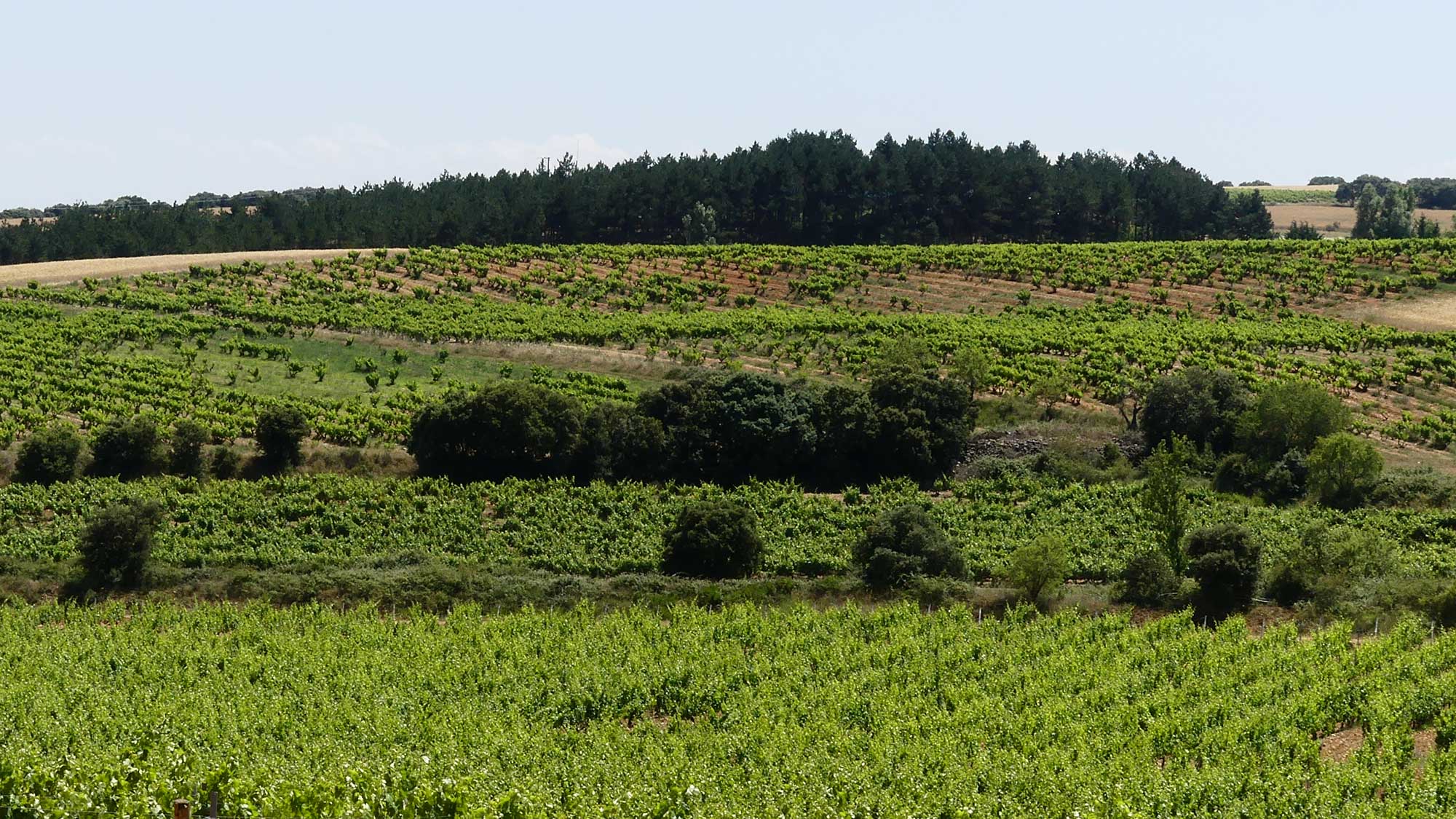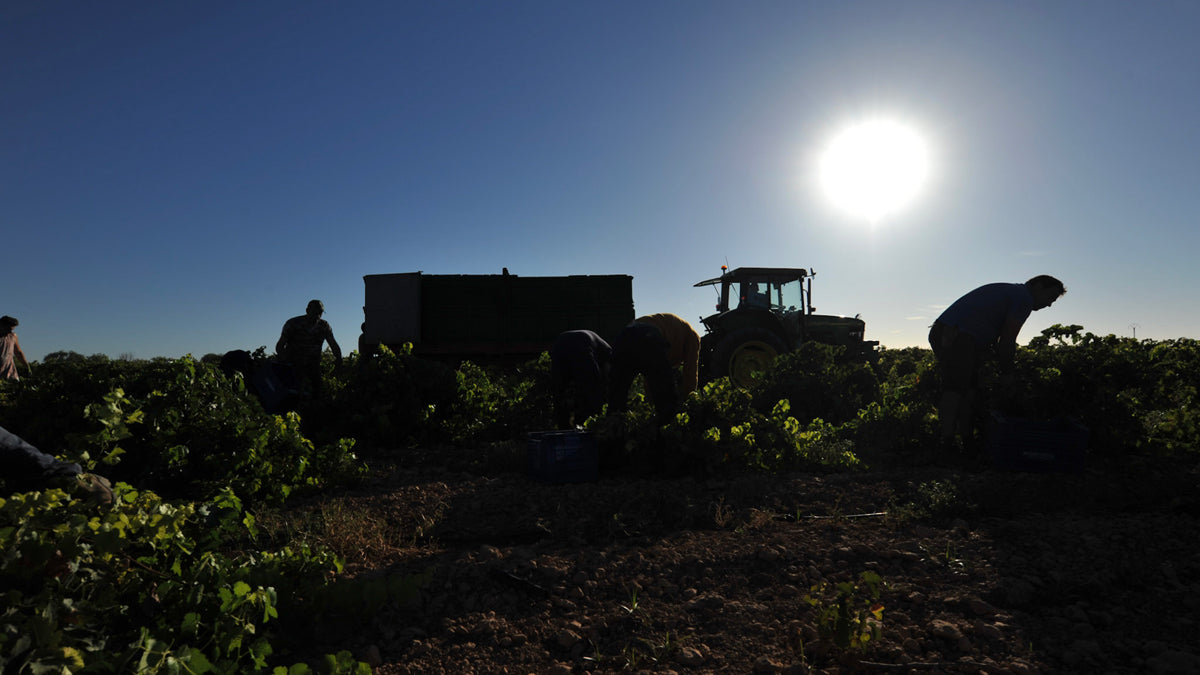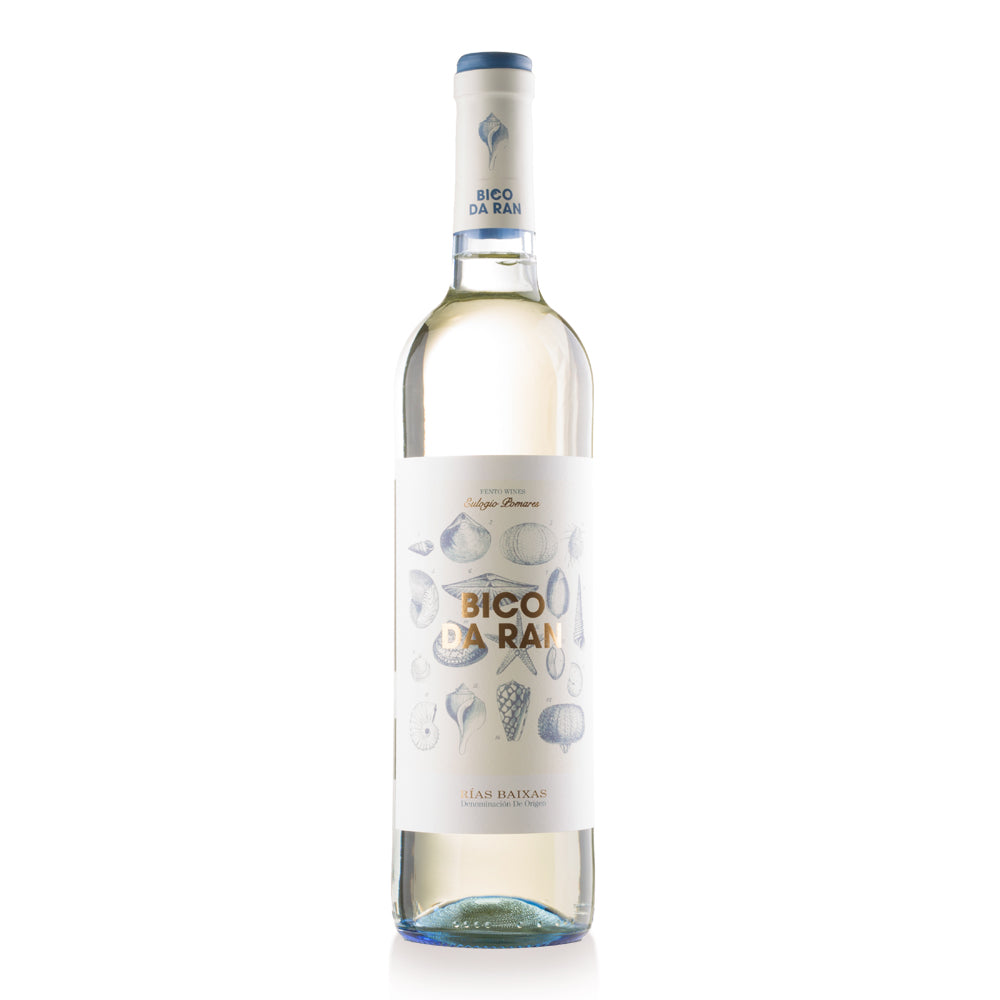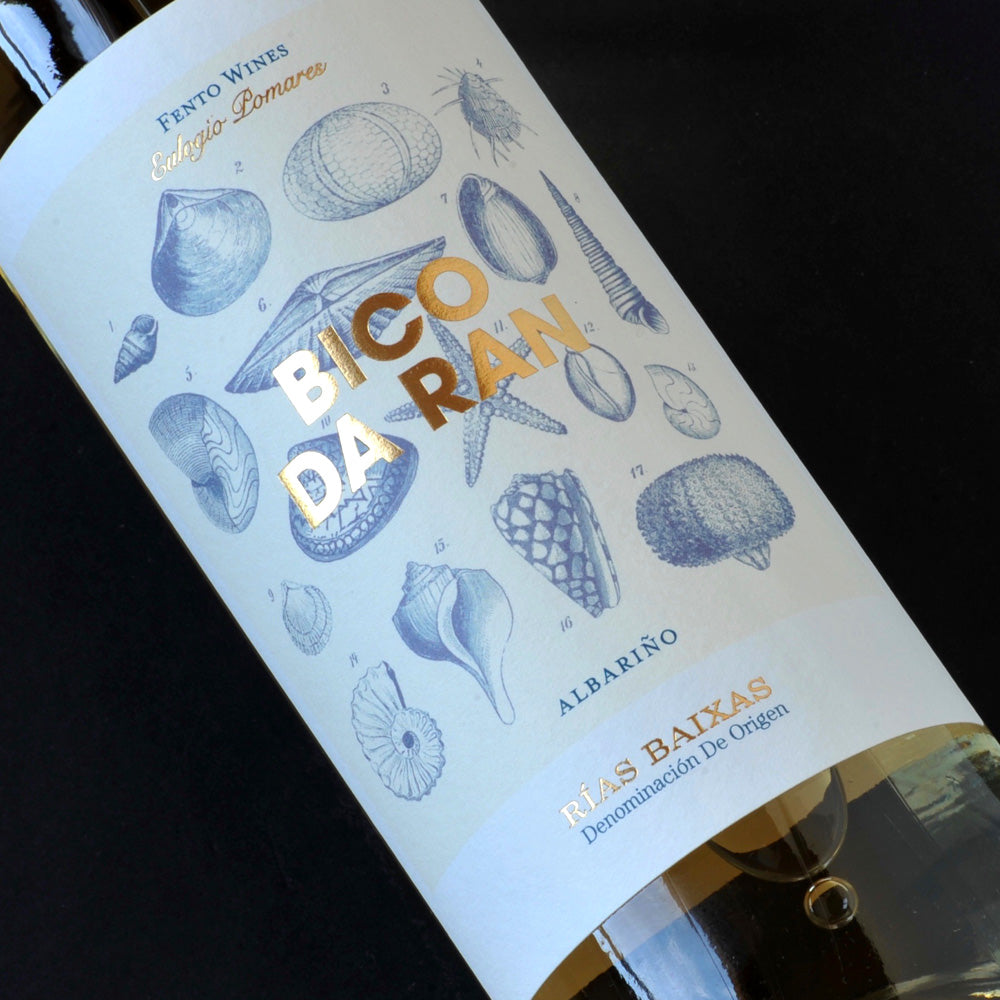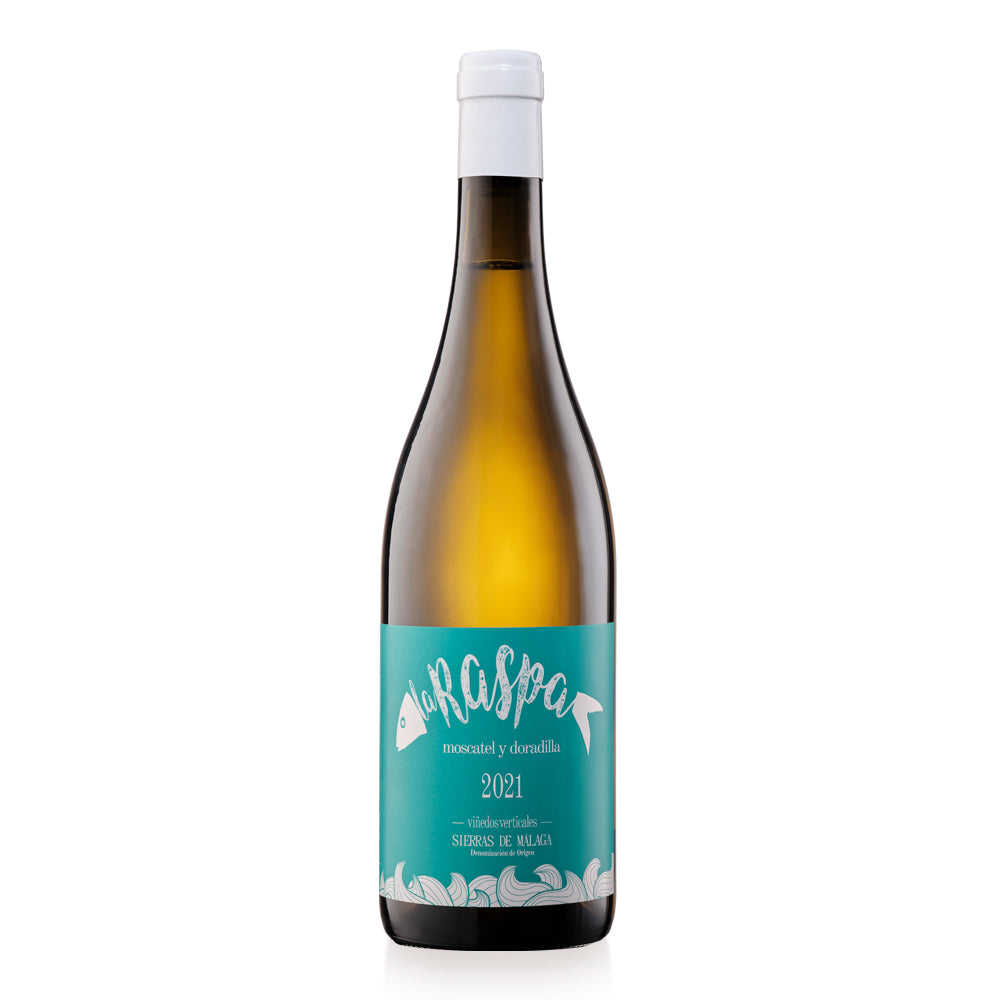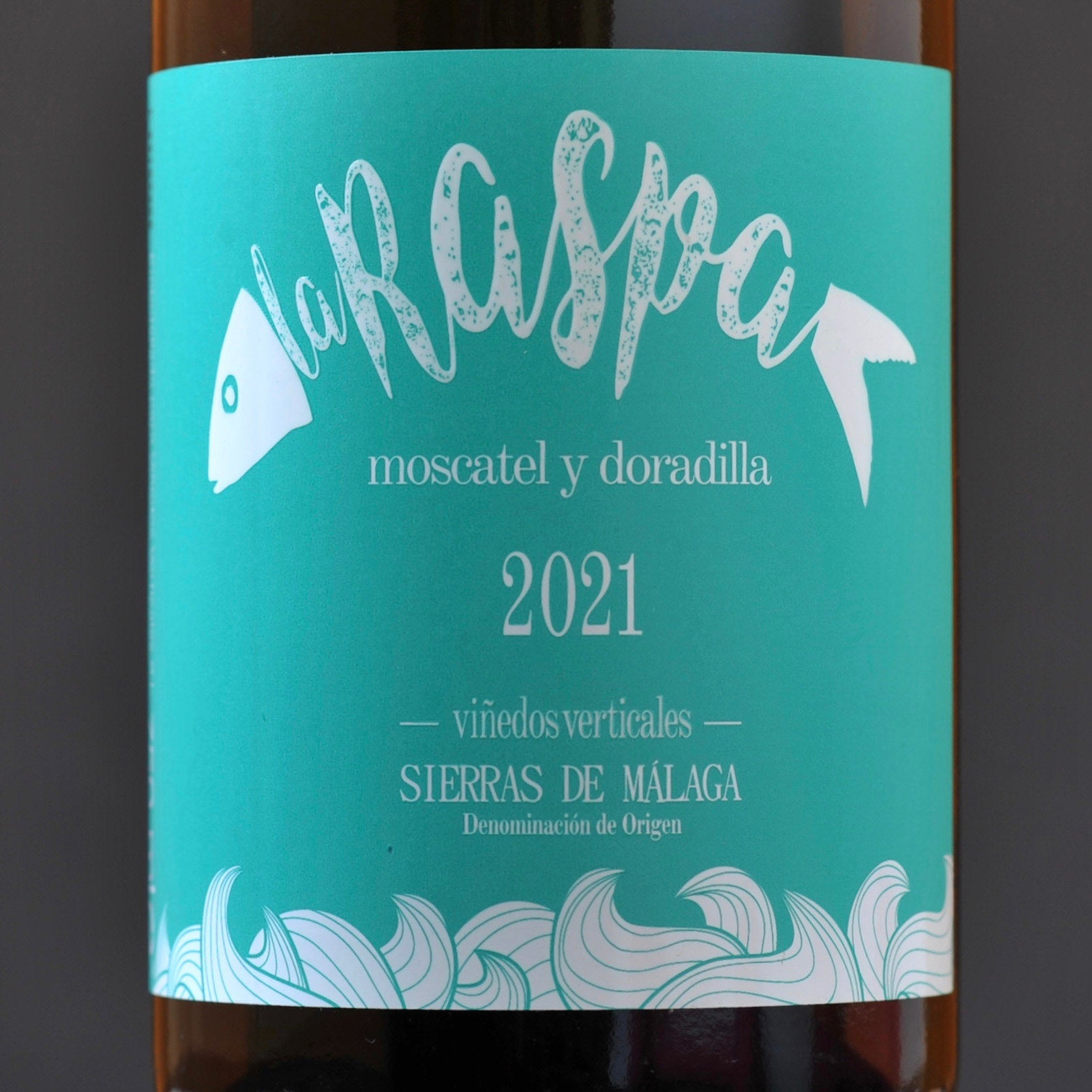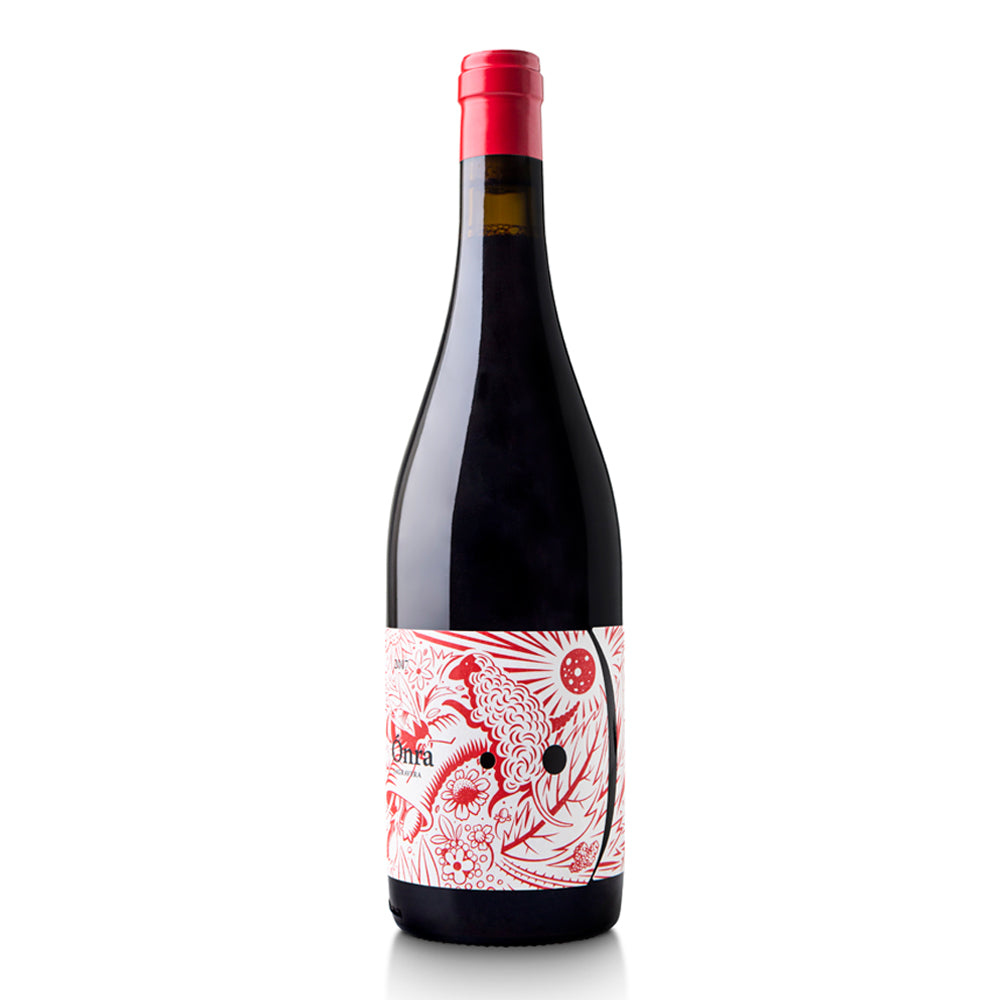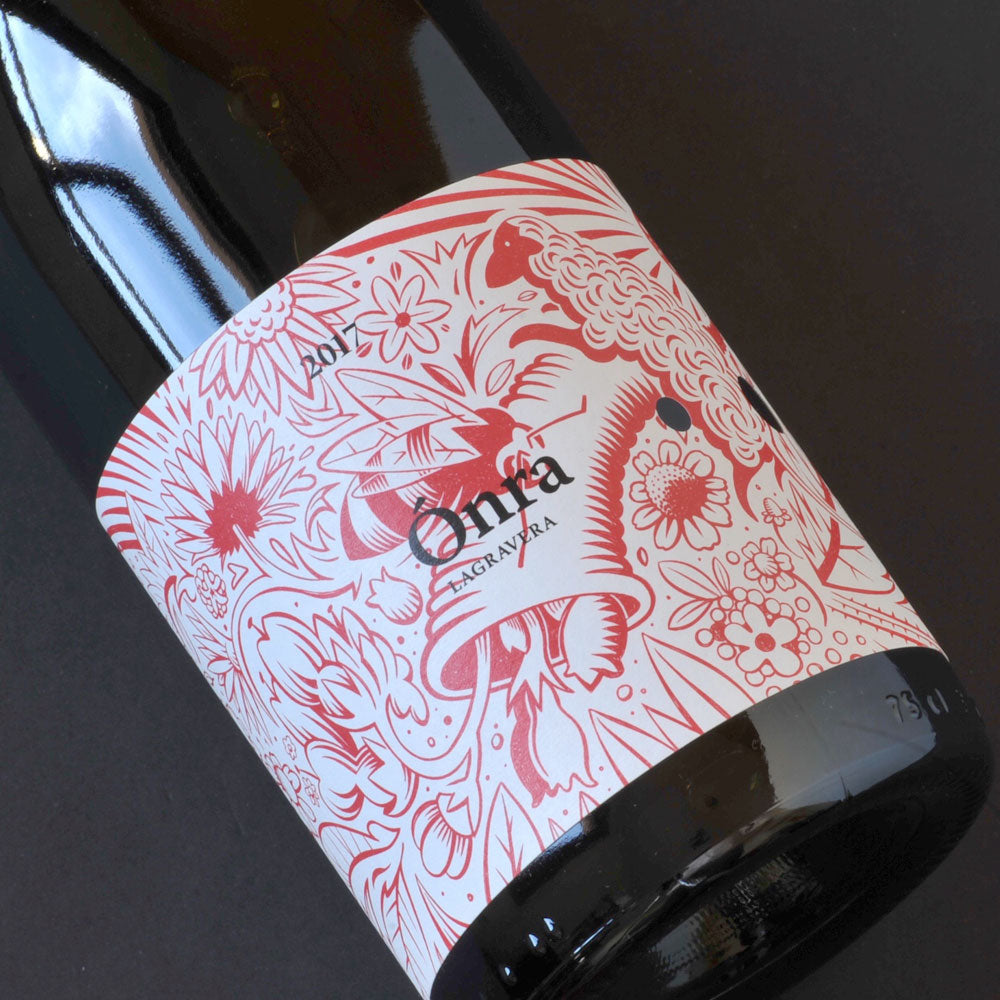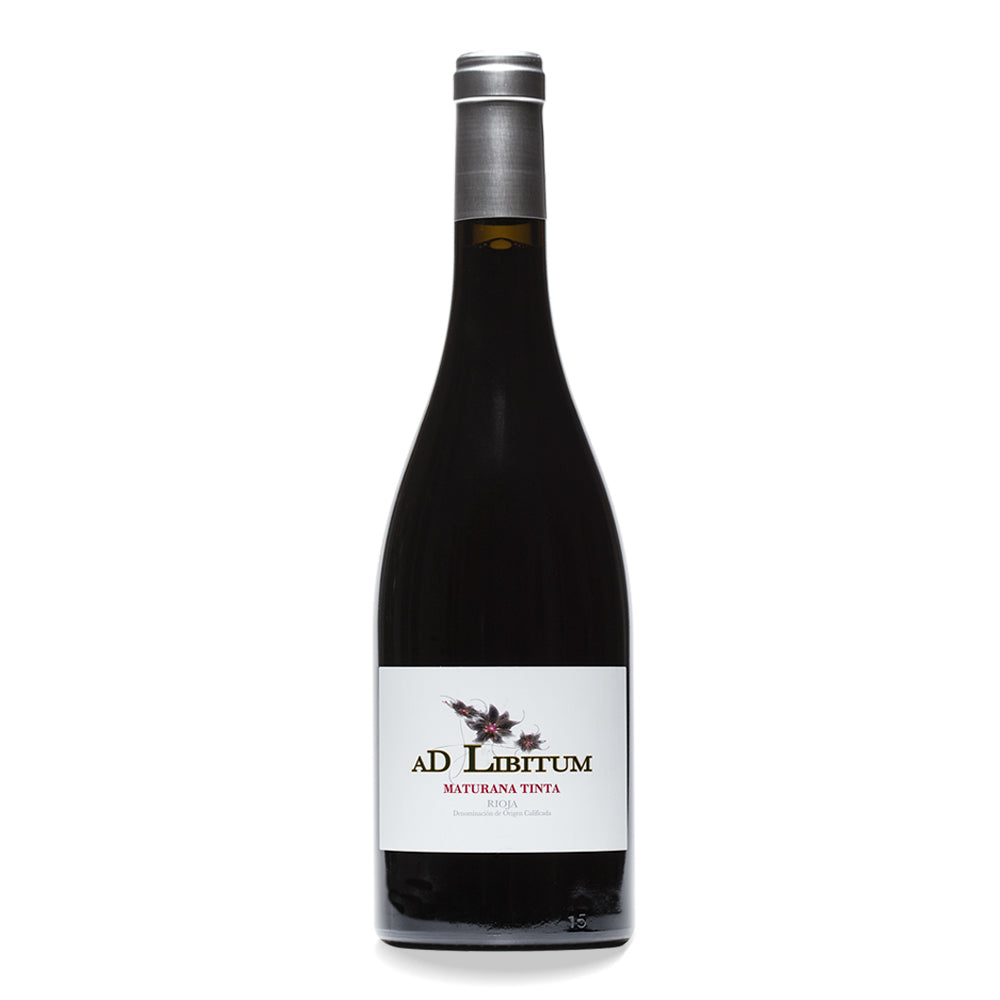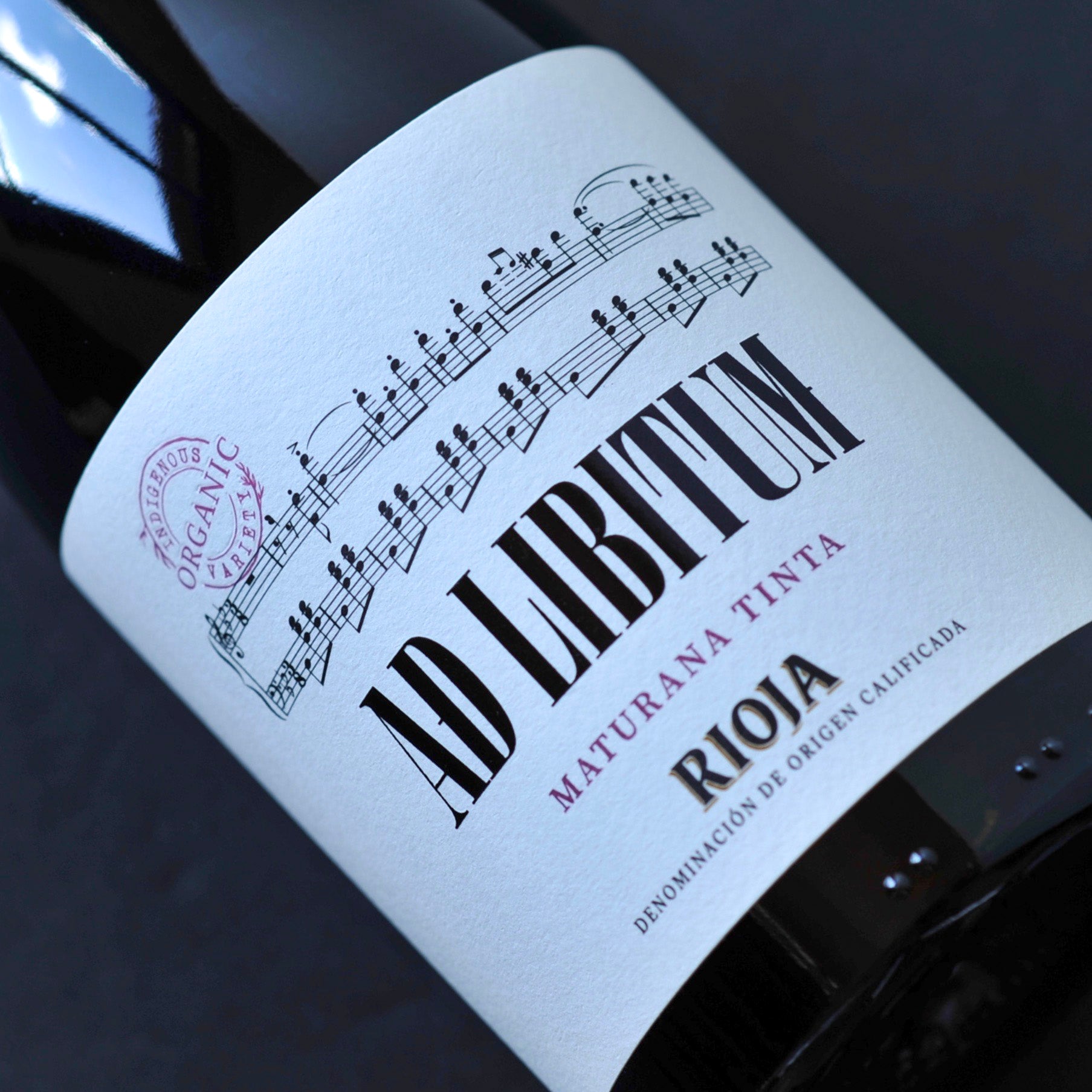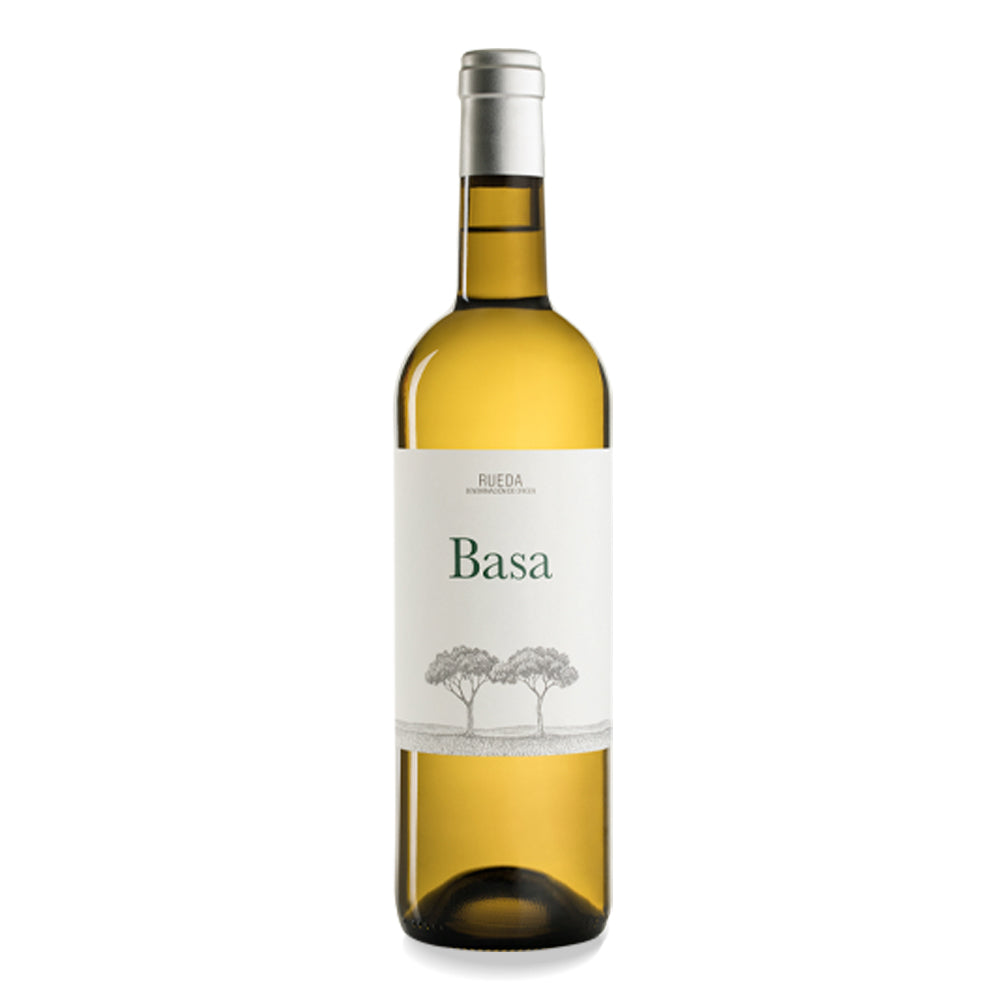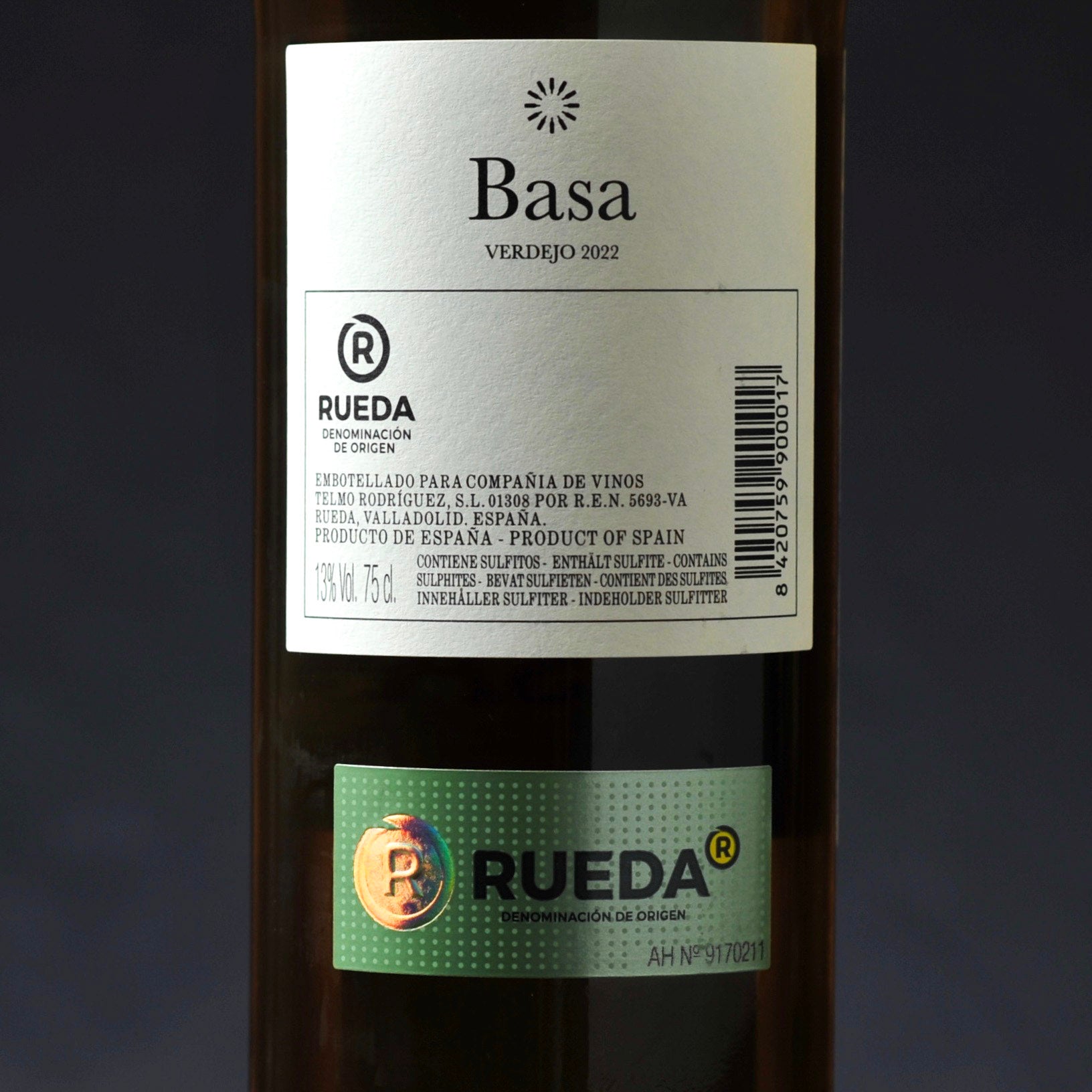Key Points
- Grape varieties: lots but mainly Albariño, Loureira, Treixadura, Godello, Espadeiro, Sousón, Mencía, Brancellao
- Hectares planted: 4,052 Hectares
- Grape growers: 5,500
- Wineries: 178
About Rías Baxas
Rías Baixas is probably Galicia’s best-known Denominación de Origen (DO). It’s located in the province of Pontevedra and part of southern Coruña in the south and west of Galicia, and it’s one of the five DOs that you’ll find in Galicia.
Rías Baixas is most famous for the white Albariño grape which makes up around 90% of plantings in the DO and which produces wonderfully crisp and fragrant white wines. But there are other grapes grown here – including some reds – which we’ll come to later.
In terms of wine growing Rías Baixas has around 4,000 hectares of vineyards. When you consider that Spain has around 950k hectares of vineyards in total, you can see that Rías Baixas is a very small region. And individual holdings are small as well - often no more than a hectare and split between 3 or 4 small plots. So, this is definitely a region of small producers.
Within the DO there are 5 sub-zones:
- Val do Salnés
- Condado do Tea
- O Rosal
- Ribeira do Ulla
- Soutomaior
Val do Salnés is the major area of production with Condado do Tea and O Rosal some distance behind.
The terrain of Rías Baixas
Val do Salnés is mostly low lying and makes up much of the coastal land in this DO – so look out for very subtle salty notes in some of the wines. Whilst the rest of the sub-zones are primarily defined by the rivers that flow through them, producing river valleys with steep and often rocky slopes.
The climate of Rías Baixas
The climate in Rías Baixas is cool, with much less variation in temperature than you find in places like Rueda for example. And it’s a damp climate with annual rainfall of up to 1300 mm a year. Because of all that rain, you’ll often find vines being grown on pergolas to keep them higher off the ground. That gives them better aeration and helps to avoid fungal disease that is often a risk in damp climates.
The grapes of Rías Baixas
In terms of grapes, Albariño is the dominant grape of Rías Baixas. This grape is perfectly suited to the region’s climate and soils and its ability to maintain acidity whilst offering plenty of aroma and fruit flavour, means it makes really exceptional wine.
But you do find other white grapes varieties in Rías Baixas.
You’ve got Loureira, which tends not to get used on its own so much, but its aromas and flavours – you get a sense of bay leaf or laurel which is where it gets its name from – means it’s a good wine for blending, often with Albariño.
And there’s also Treixadura, which produces wines with freshness, acidity and a touch of green apple flavour. And you’ll often see other white varieties like Godello, Caiño Blanco and Torrontés.
Rías Baixas isn’t really associated with red wines, but you are starting to see more red grape varieties in the region. Winemakers are starting to work with grapes like Caiño Tinto, Espadeiro, Mencía and Sousón and with them they are producing some exciting red wines full of fruit and with plenty of aromas.
In summary
Rías Baixas is wine growing region you have to explore. It’s home to the excellent Albariño wines, it has a growing number of other interesting grapes to discover, and it is made up of literally thousands of small growers and producers, making some wonderful artisanal wines. We definitely recommend you give it a look.
